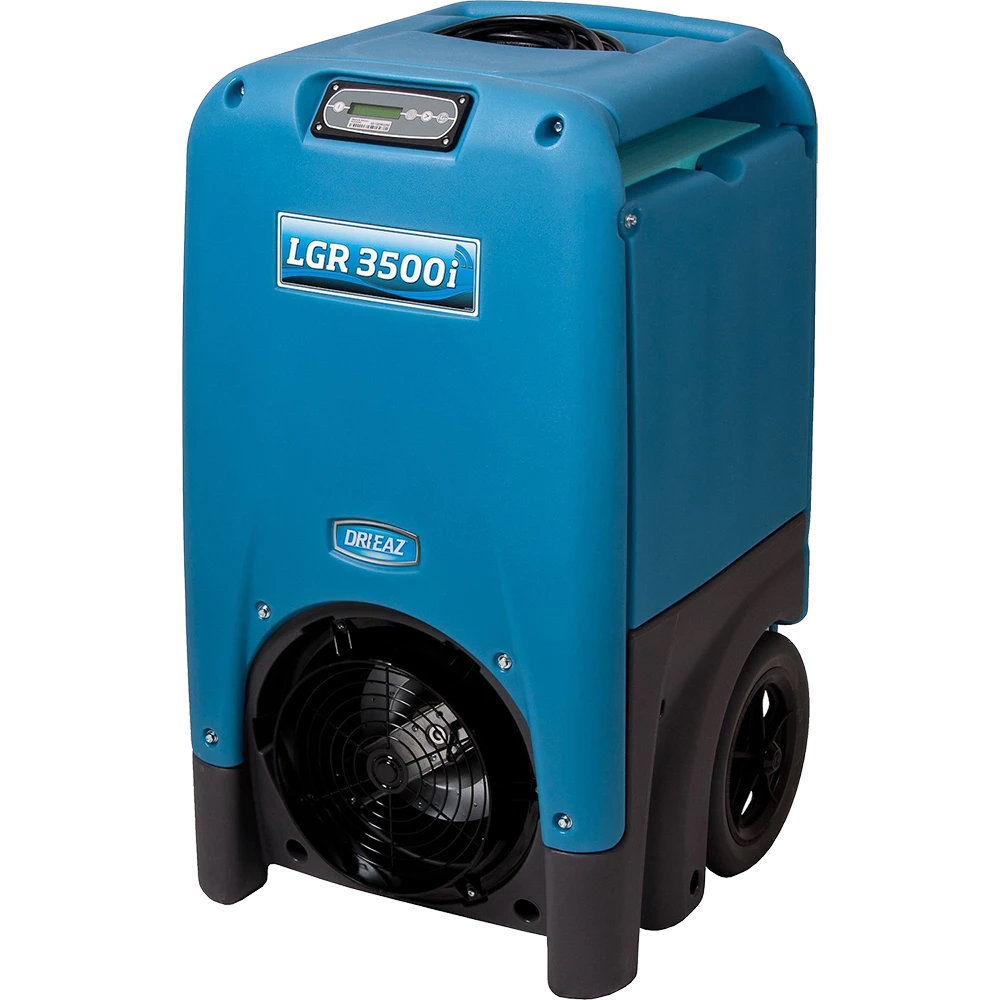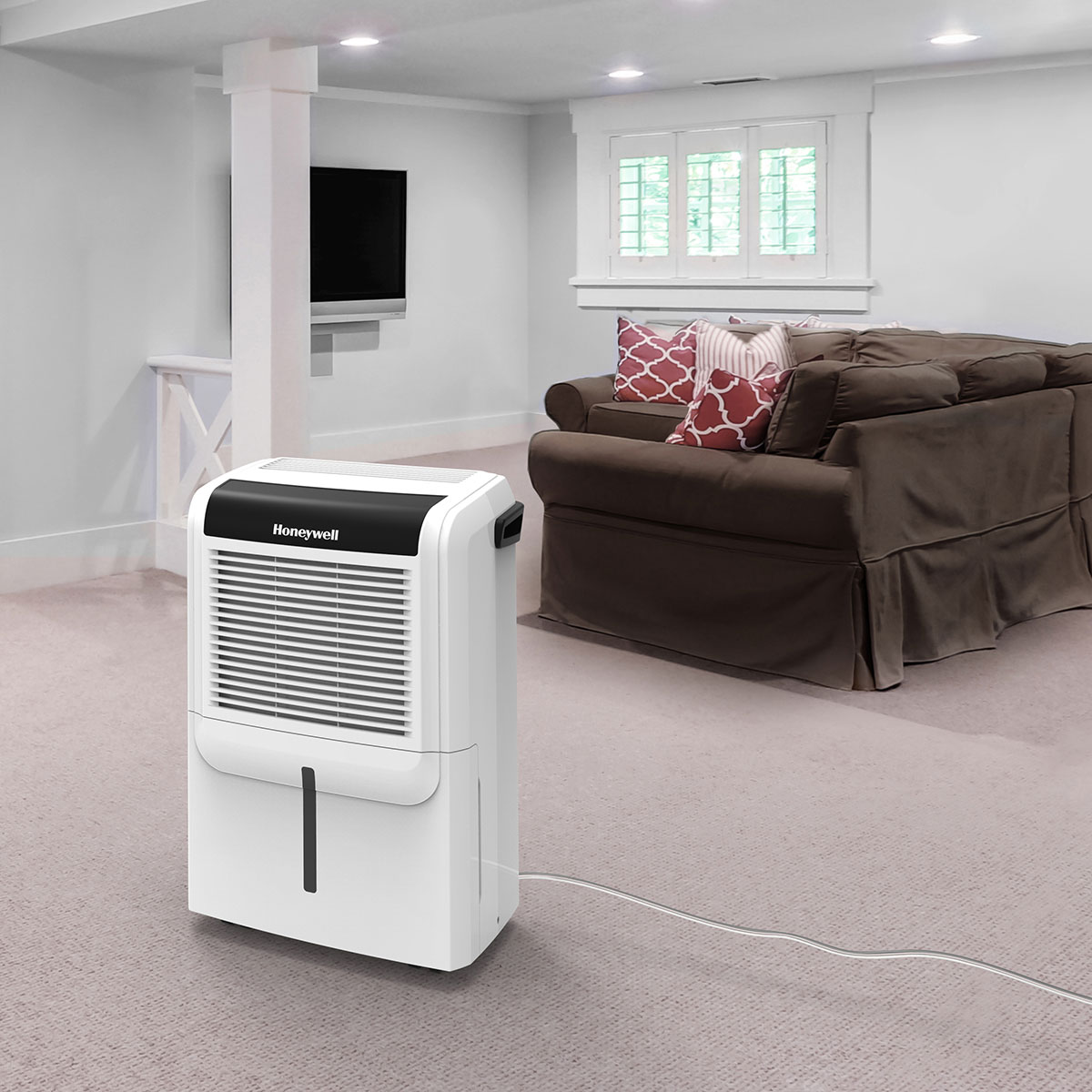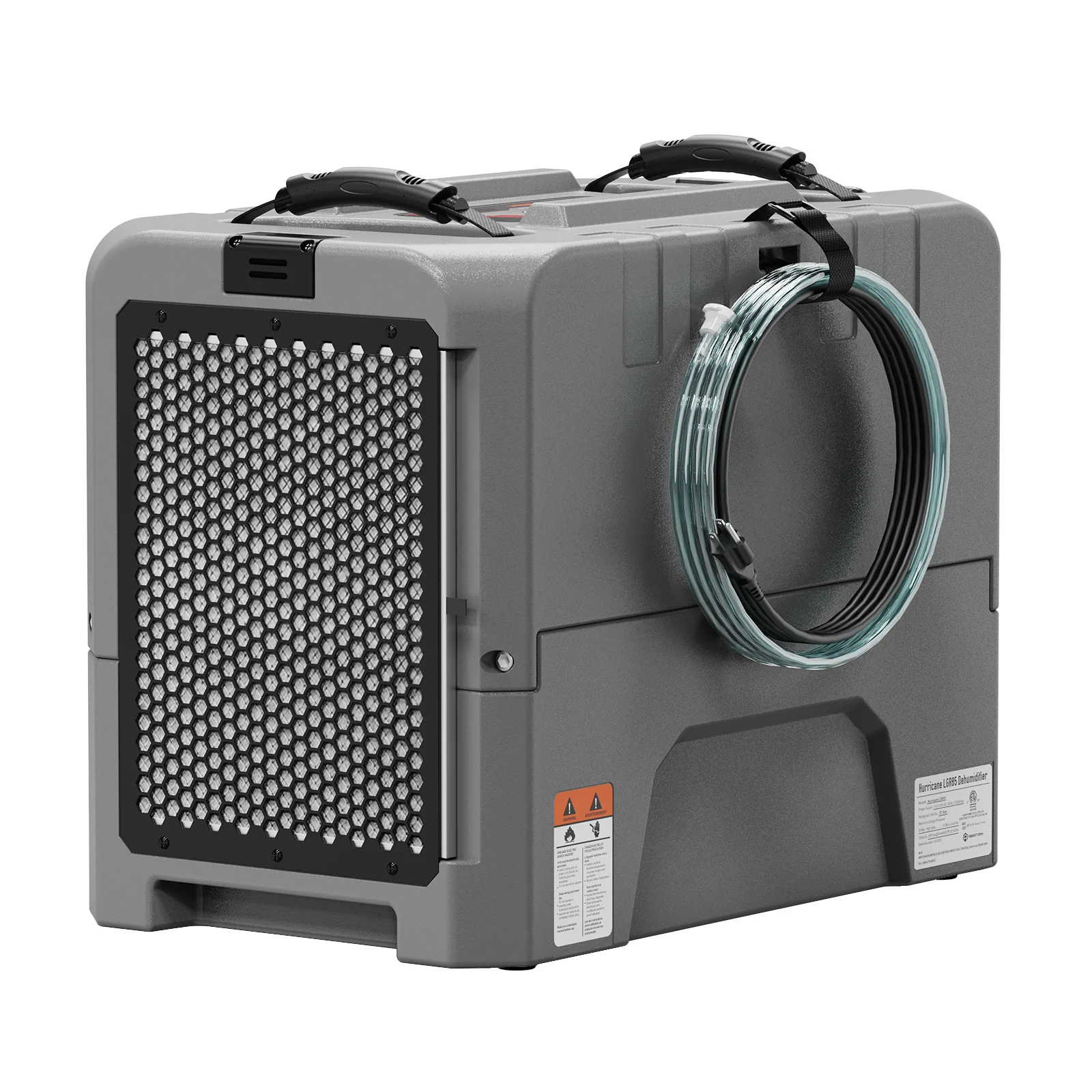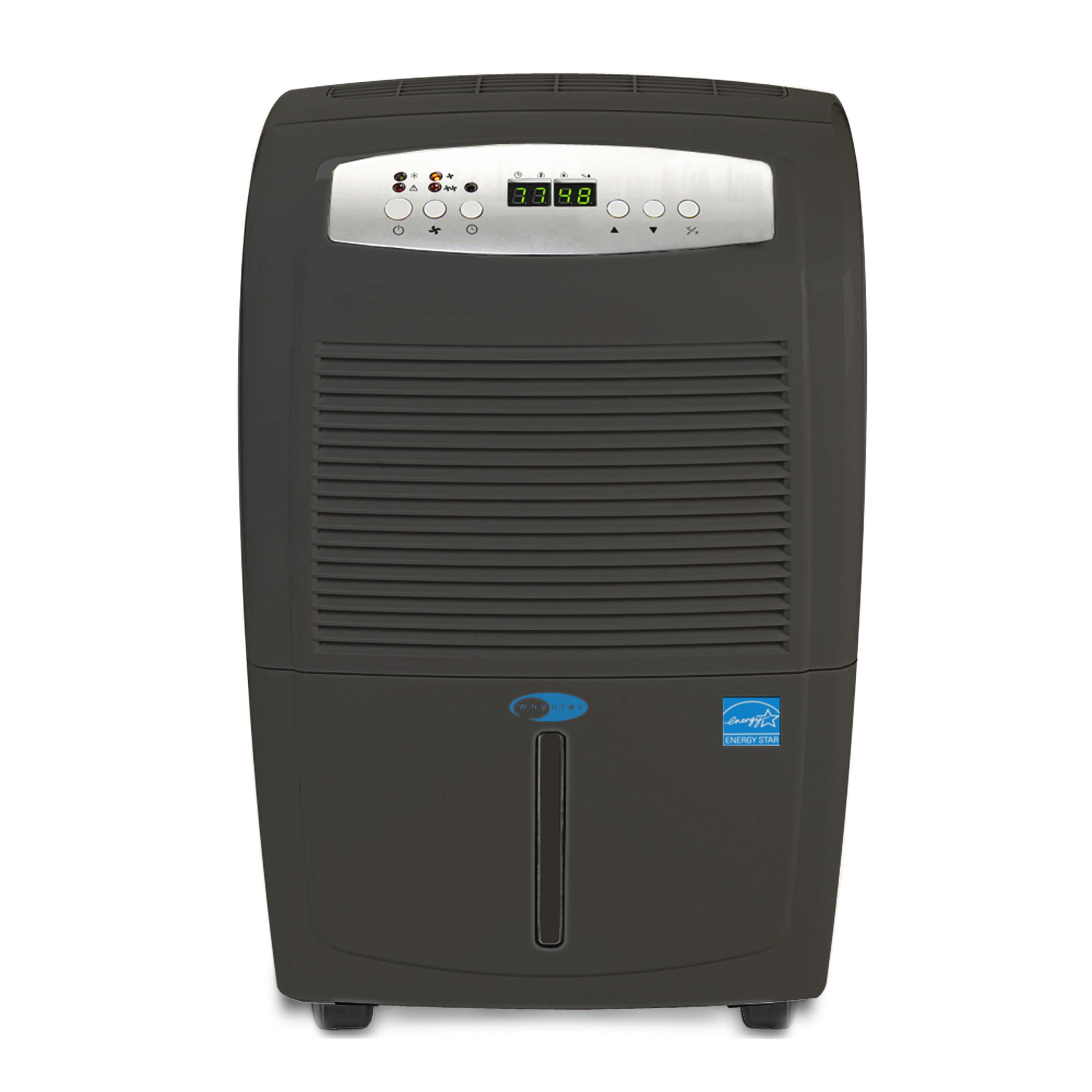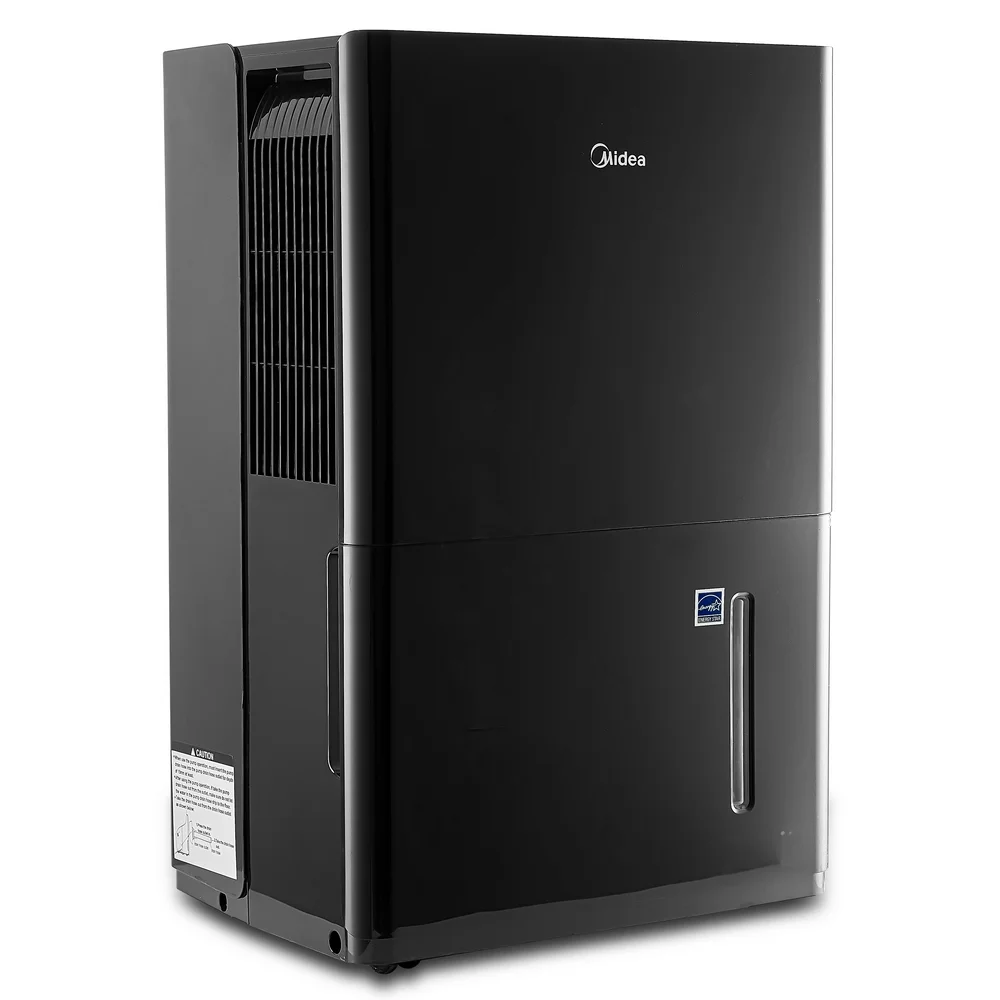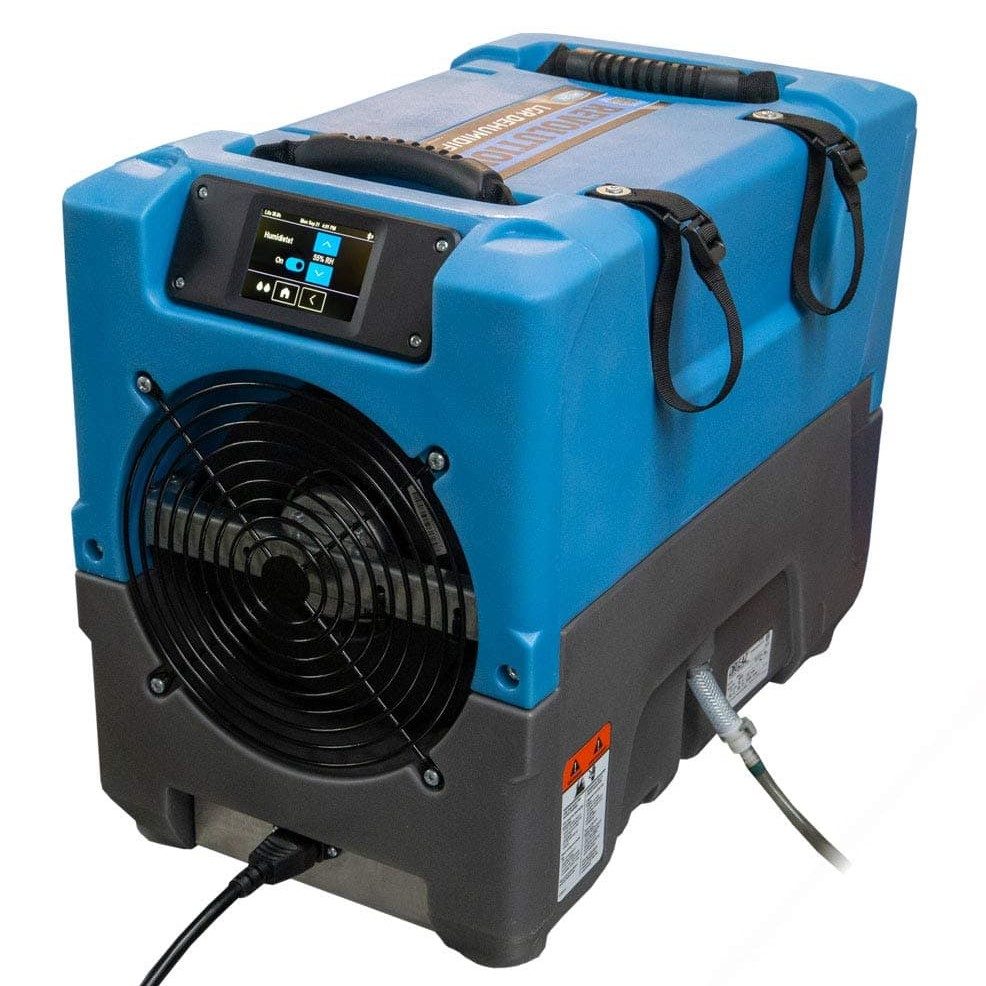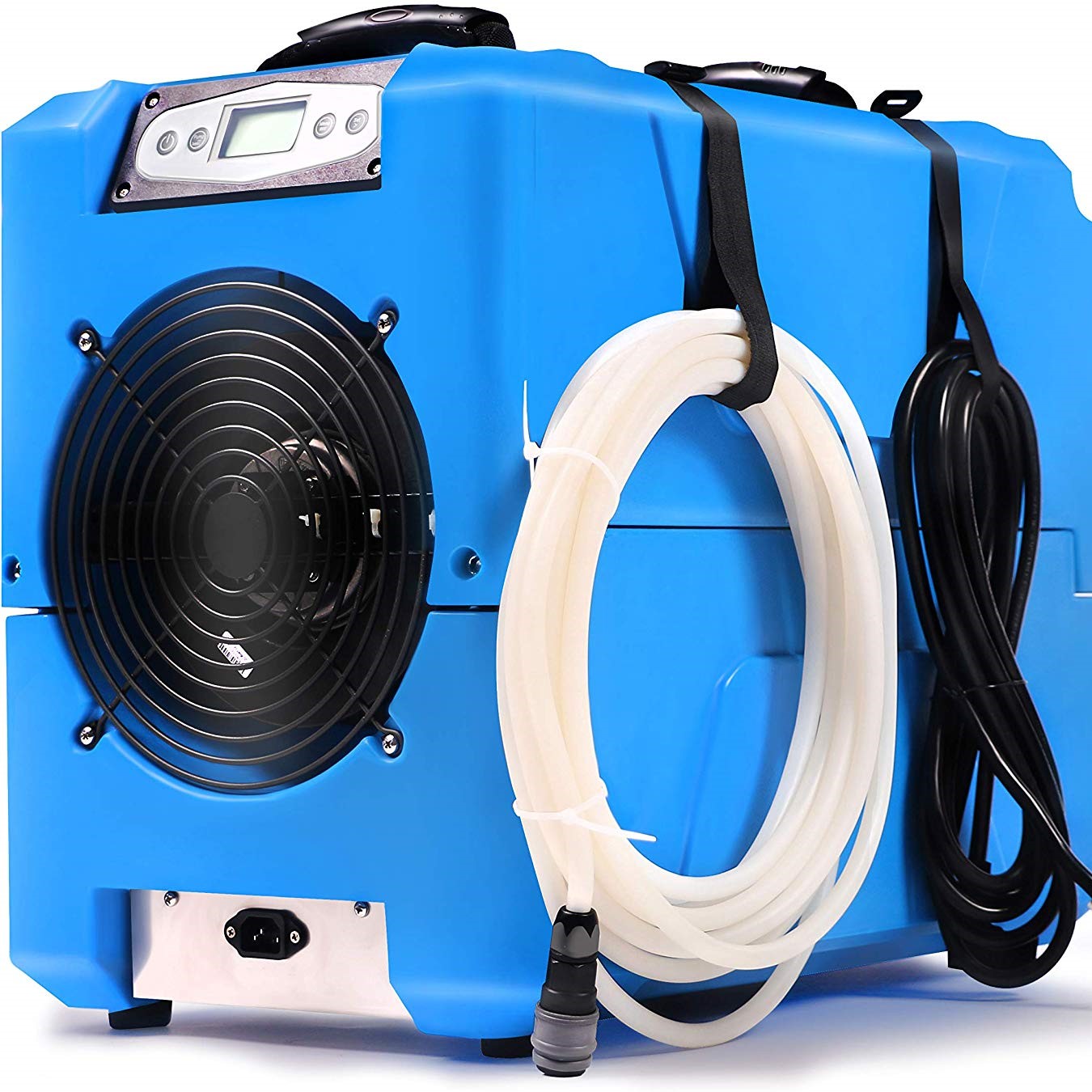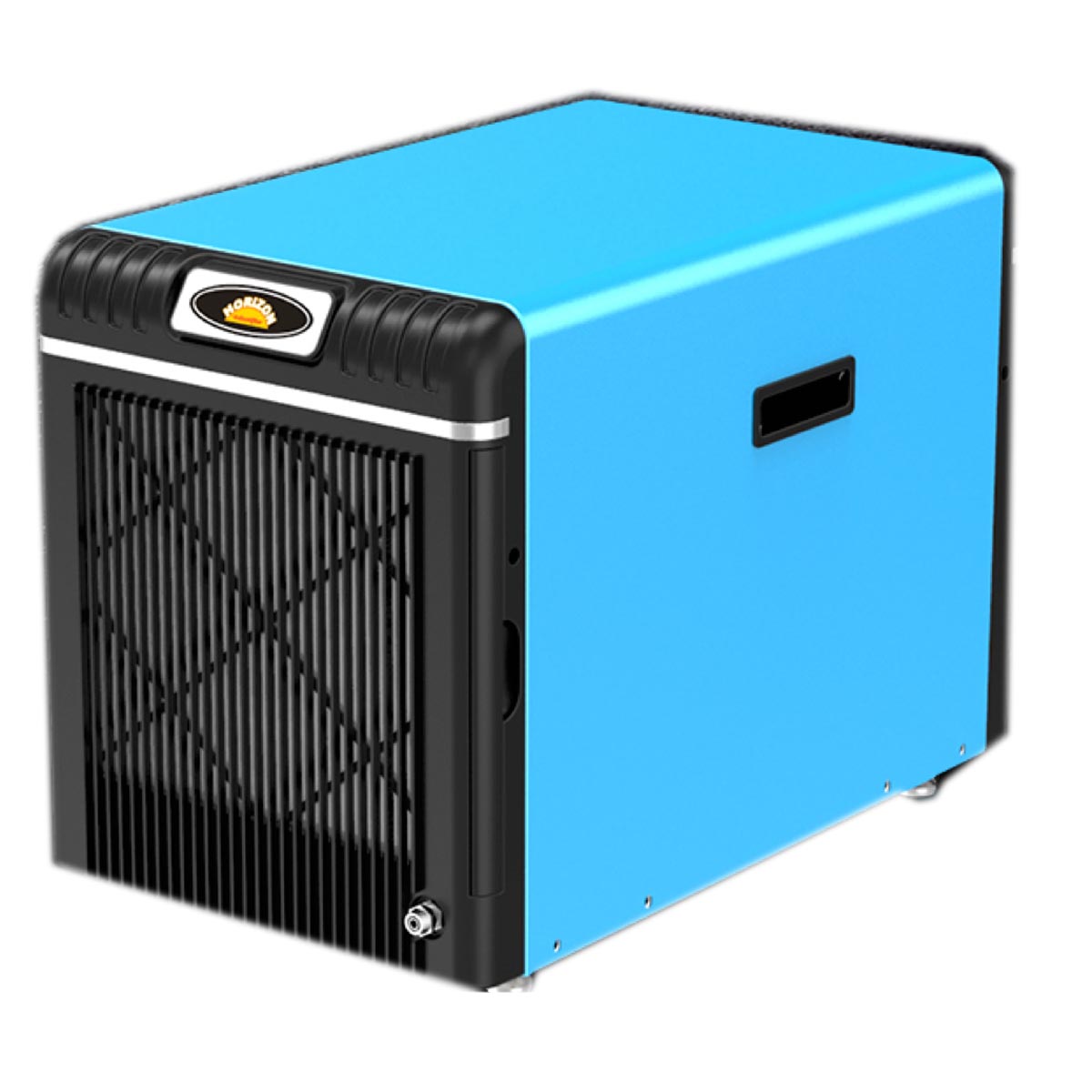Introduction
When dealing with excess moisture in your home or workspace, a large dehumidifier can be a crucial component for maintaining a comfortable and healthy environment. Basically, whether you are combating musty odors, preventing mold growth, or safeguarding your belongings, knowing how to choose the right large dehumidifier is essential. In this ultimate guide, we will delve into the intricacies of capacity calculations, drainage options, energy efficiency, and much more. Ultimately, by the end, you’ll have all the information needed to make an informed decision tailored to your specific space.
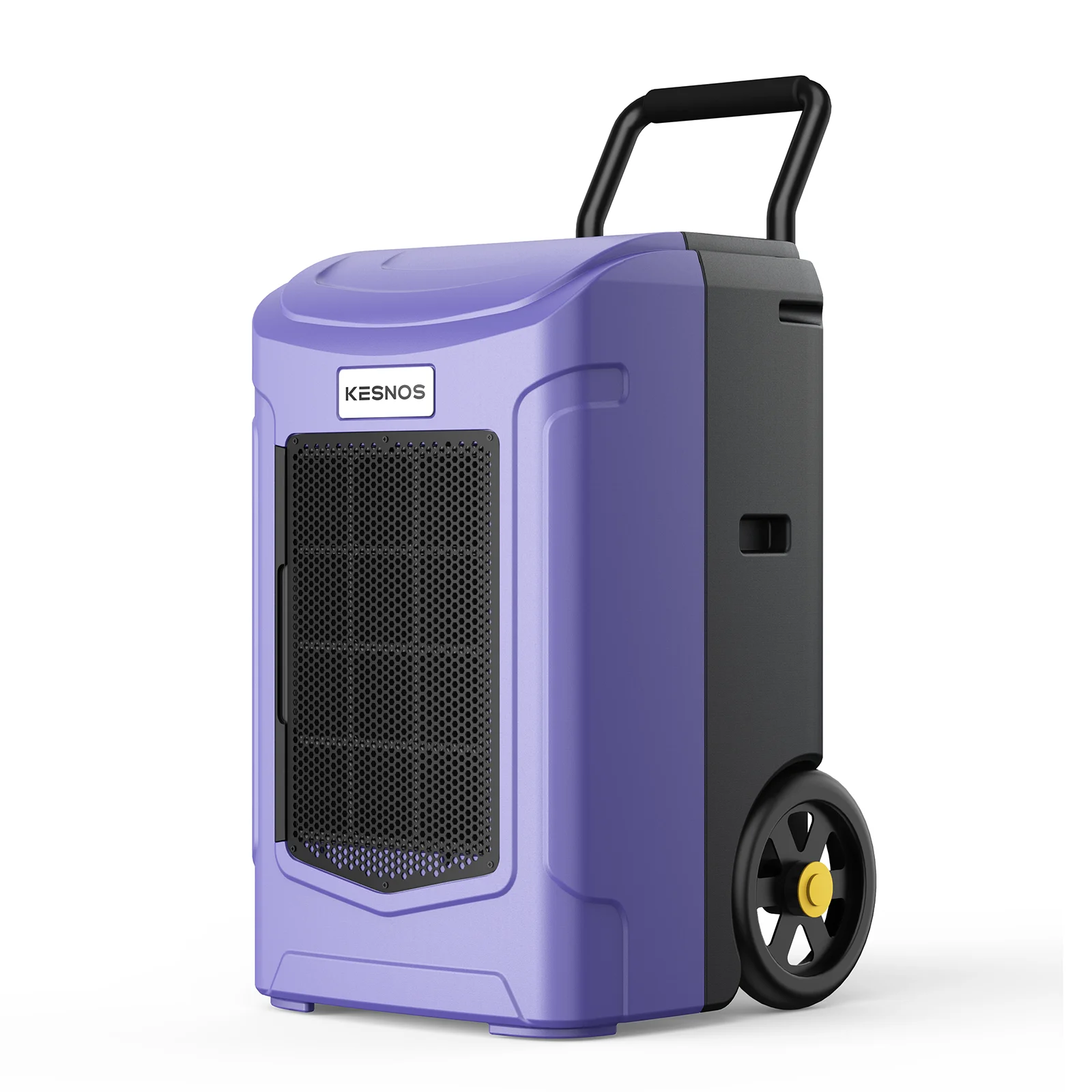 How to Calculate Dehumidifier Capacity
How to Calculate Dehumidifier Capacity
Selecting a large dehumidifier begins with understanding its capacity. In fact, the capacity of a dehumidifier is typically measured in pints of moisture removed from the air in a 24-hour period. To determine the ideal capacity for your space, use the formula:
Square Feet × Humidity Factor = Required Capacity
- For example, if you have a 1,000-square-foot basement with a humidity factor of 10 (reflecting high humidity), then you’ll need a unit that can remove approximately 100 pints per day.
- Moreover, areas like basements may require units with higher capacity due to their naturally damp environments.
Understanding these calculations ensures that you do not underpurchase or overpurchase, both of which can be costly.
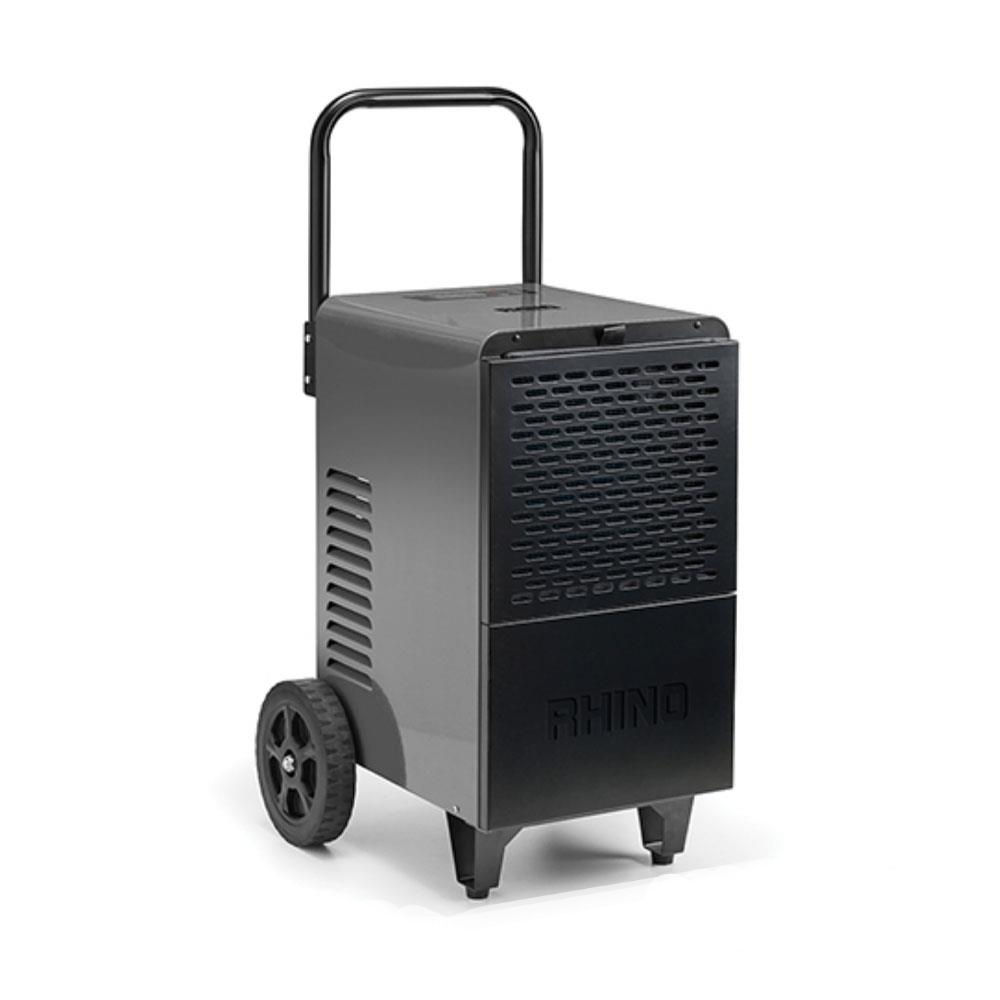 Different Drainage Options
Different Drainage Options
When selecting a large dehumidifier, consider the drainage options available. In this case, most models offer a choice between direct hose drainage and a built-in water tank.
Hose Drainage
As an illustration, let’s walk through the installation of hard pipe drainage. First, identify a location near a drain or an area where the moisture can be redirected outside. Follow these steps:
- Gather Supplies: Ensure you have the proper fittings for your dehumidifier’s drainage output.
- Connect the Hose: Attach the hose securely to the drainage outlet on the dehumidifier.
- Run the Hose: Lay the hose toward the designated drainage area without sharp bends, as this can restrict water flow.
- Secure the Hose: Use cable ties or clips to ensure the hose remains in place and does not move.
Afterward, check for leaks and ensure everything is secure. This setup allows for continuous drainage, eliminating the need for manual emptying, thus enhancing convenience.
Wall-Mounted Bracket Use
Additionally, to prevent issues related to installation height and stability, consider using a wall-mounted bracket. This will not only save floor space but will also keep the unit away from potential water damage from overflowing tanks.
- Choose a Suitable Location: Select a wall that is not only convenient but also allows for effective moisture extraction.
- Mark Drill Points: Hold the bracket up, mark the points for the screws, and drill accordingly.
- Mount the Bracket: Securely attach the bracket to the wall using appropriate screws and plugs.
Water Tank
- Manual Emptying: Many larger units feature a removable tank that fills with water and needs to be emptied manually. While this is a common choice for smaller spaces or intermittent use, it can be inconvenient for larger areas.
- Auto Shut-Off Feature: Look for models that include an auto shut-off feature to prevent overflow when the tank is full.
Summary of Drainage Options
Choosing the right drainage option can greatly impact convenience and maintenance frequency for your dehumidification process. Consequently, opting for continuous drainage may save you effort while manual tanks might give you control over water levels.
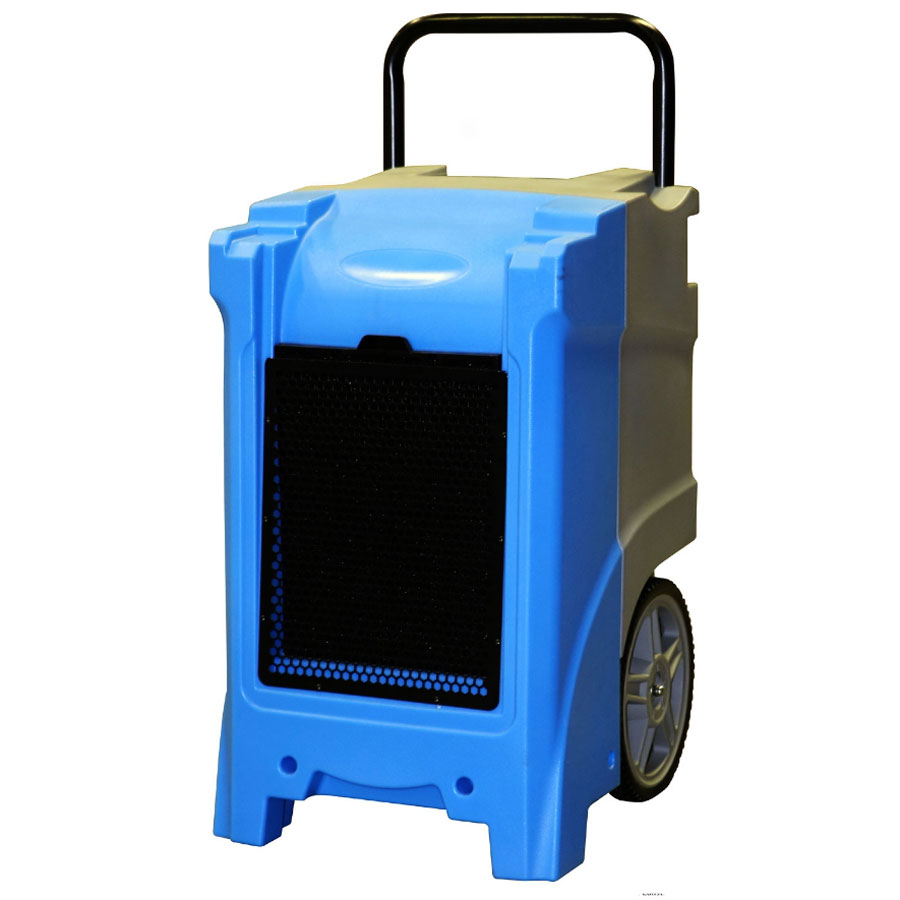 Energy Efficiency and Energy Star Ratings
Energy Efficiency and Energy Star Ratings
Energy efficiency is a crucial consideration when selecting a large dehumidifier. As a matter of fact, energy-efficient models can save you money on your electricity bill while performing effectively.
Understanding Energy Star Ratings:
- Energy Star-rated appliances meet strict efficiency guidelines set by the Environmental Protection Agency. When you opt for a unit that qualifies, it will utilize less energy while providing the same level of moisture removal.
- Furthermore, units that are more energy-efficient may have higher upfront costs but will lead to savings on utility bills in the long run.
Comparing Models
- As can be seen, when comparing various large dehumidifier models, check the Energy Factor (EF), which indicates the unit’s efficiency. The higher the EF, the more effective the dehumidifier is at removing moisture relative to its energy consumption. Research suggests that large dehumidifiers in high-humidity environments demonstrate considerably better energy efficiencies compared to running multiple smaller units.
Commercial vs. Residential Large Dehumidifiers
Understanding the performance differences between commercial-grade models and residential units can guide you toward your best option.
Honeywell TP50 (Example of Commercial Model)
- To clarify, this model is ideal for larger spaces and removes 50 pints of moisture a day, built specifically to manage the rigors of industrial settings.
Residential Models
- These units are typically designed for everyday use, with a focus on aesthetics and quieter operation. However, some residential models can still handle substantial capacities suited for basements and large living spaces.
Key Differences:
- Durability: Commercial models often withstand harsher environments.
- Features: Many residential models include user-friendly features such as digital displays and customizable settings.
By evaluating your needs against these distinctions, you can determine whether a commercial or residential model suits your space better.
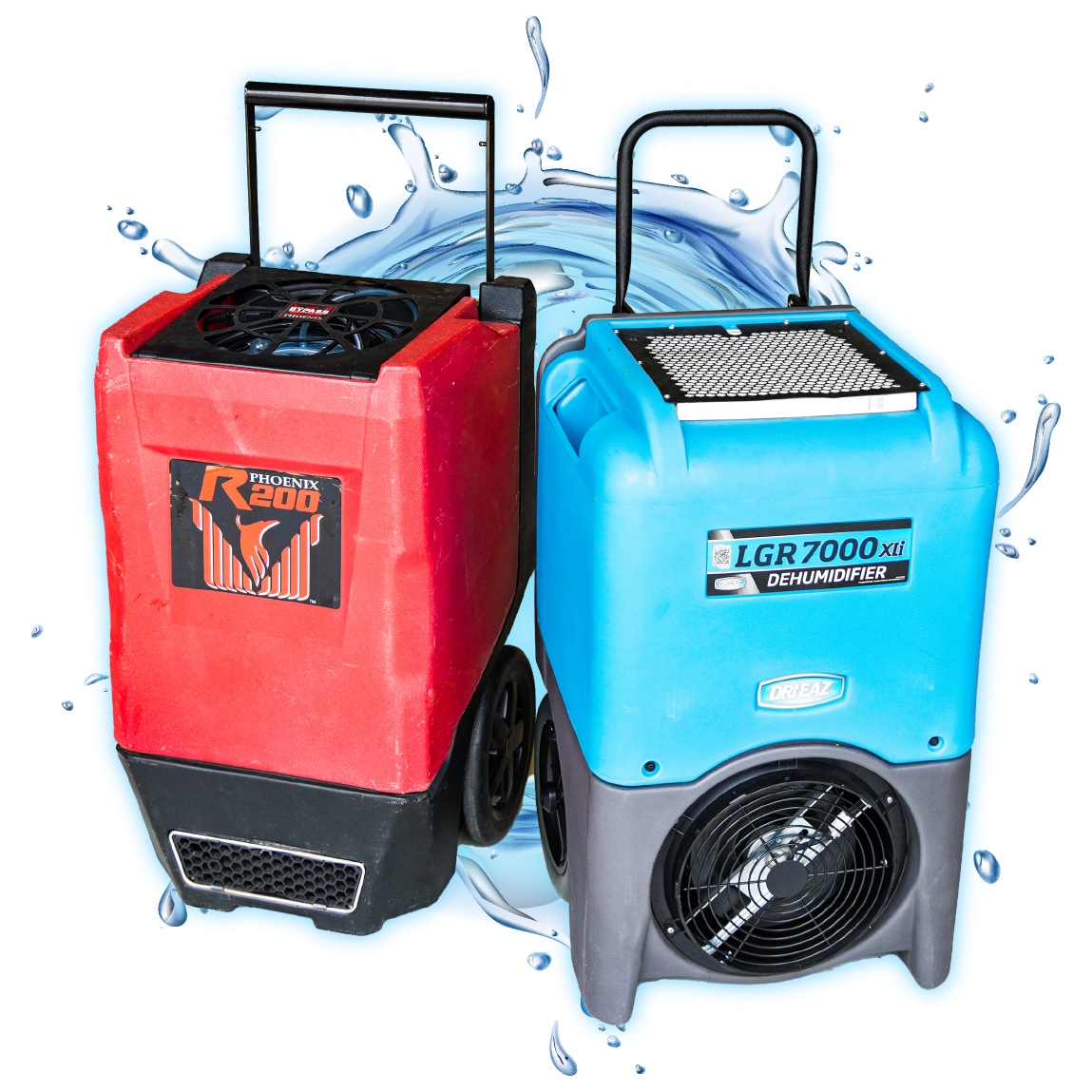 Creating a Decision Tree for Model Selection
Creating a Decision Tree for Model Selection
When selecting the best large dehumidifier, it can be beneficial to use a decision tree. So as to make an informed choice, follow these criteria based on your needs:
- Identify Your Space Type:
- Residential space (e.g., basement, kitchen)
- Commercial space (e.g., warehouse, office)
- Determine Humidity Levels:
- Moderate (below 60%)
- High (60% or higher)
- Choose the Right Capacity:
- Under 500 sq ft: 30-50 pints
- 500-1,000 sq ft: 50-70 pints
- 1,000 sq ft and above: 70+ pints
- For instance, a 1,000-square-foot area typically requires a model capable of removing at least 20 pints of moisture per day.
- Select Drainage Option:
- Do you prefer manual emptying or continuous drainage?
- Check for Energy Efficiency:
- Does the model have Energy Star ratings or a high Energy Factor?
With this structured approach, customers can streamline their search for the perfect large dehumidifier.
The Importance of Maintenance and Care
Ownership of a large dehumidifier requires regular maintenance to ensure it operates optimally. After all, neglecting care can lead to decreased efficiency and potential breakdowns.
Recommended Maintenance Tasks:
- Calibrate Humidity Sensors: As a result, regular calibration of the humidity sensors is a must according to HVAC engineers. This ensures the unit operates efficiently, maintaining ideal moisture levels.
- Filter Cleaning: Regularly clean or replace filters, usually every 3-6 months, depending on usage and air quality. Not to mention, clean filters can improve efficiency.
- Tank Maintenance: For models with a water tank, clean it periodically to prevent mold and bacteria growth.
Emergency Procedures
If you encounter issues like condensation overflow or overheated motors, here are quick solutions:
- Condensation Overflow: Immediately turn off the unit and check the drainage hose for clogs. If necessary, clear the hose and allow it to drain.
- Overheated Motor: Ensure the unit has adequate airflow by checking for blockages around the vents. If it overheats unexpectedly, allow it to cool down before restarting.
Long-term Care:
- Check for Leaks: Regularly inspect hoses and drainage areas to ensure there are no leaks that could lead to further moisture problems.
- Calibration and Adjustments: Ensure that the unit is well-calibrated for effectiveness throughout different seasons, adjusting settings as needed.
Proper maintenance can significantly extend the life of your dehumidifier and enhance its performance.
Targeting Specific Use-Cases
For Warehouses
In warehouses, the risk of mold growth can be significant. To illustrate, large dehumidifiers with stainless steel casings and corrosion-resistant fans offer enhanced durability and protection against moisture. Indeed, several commercial real estate studies show that humidity control directly affects the lifespan of equipment and the preservation of goods.
For Data Centers
In data centers, maintaining consistent humidity levels is critical for protecting sensitive electronic equipment. As has been noted, investing in a reliable large dehumidifier that can operate 24/7 ensures optimal conditions.
To be sure, provide specific settings for continuous operation, ensuring that the dehumidifier is calibrated to maintain designated humidity levels without fluctuations.
For Gyms
In gyms, maintaining a dry environment is essential for both user comfort and equipment longevity. For one thing, high-performance dehumidifiers help prevent damage to exercise machines made from sensitive materials.
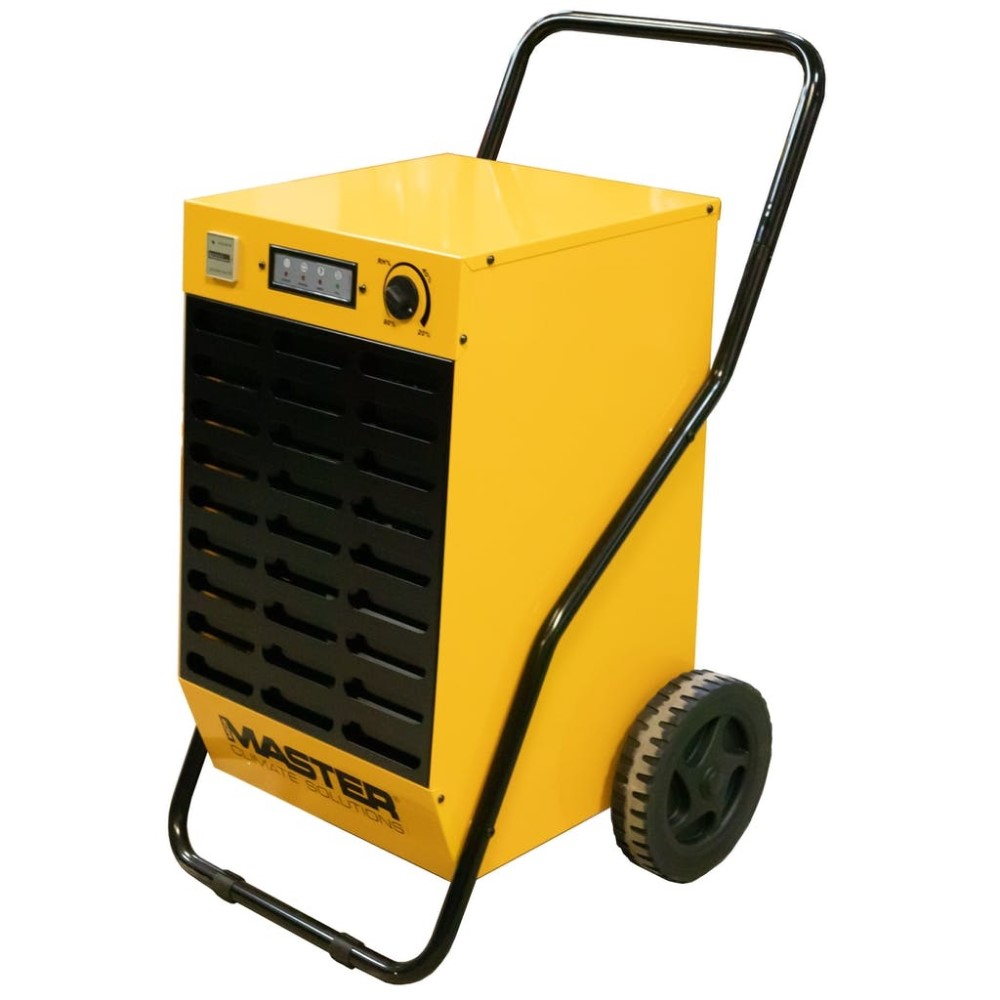 Conclusion: Your Path to a Comfortable Space
Conclusion: Your Path to a Comfortable Space
In summary, choosing the right large dehumidifier involves understanding many elements, including capacity calculations, drainage options, energy efficiency, and model comparisons. In light of these points, by following this comprehensive guide and utilizing our decision tree, you can confidently select a dehumidifier that meets your specific needs, whether for a basement, warehouse, or industrial space.
By incorporating proper ongoing maintenance and specifically targeting use-case scenarios, you can ensure that your investment pays off with improved air quality, comfort, and the protection of your valuable belongings. Thus, embark on your journey to a healthier, moisture-controlled environment with the perfect large dehumidifier tailored to your needs!

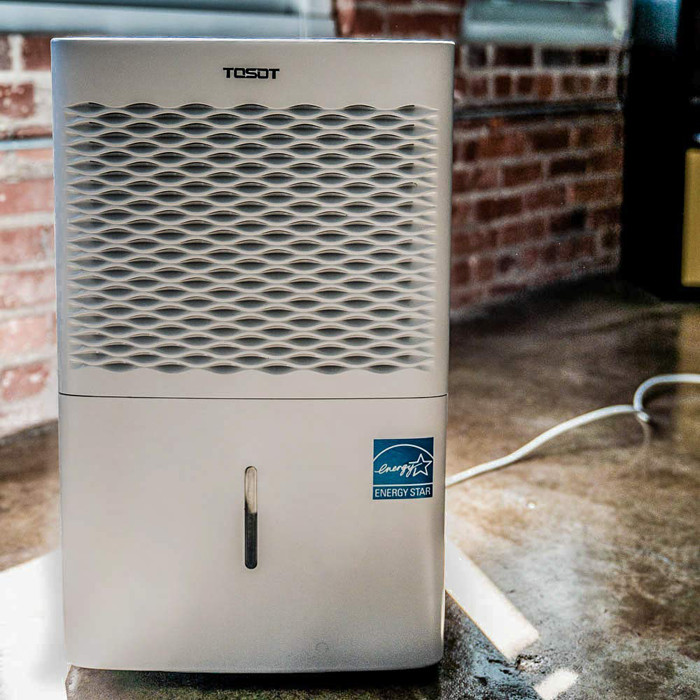
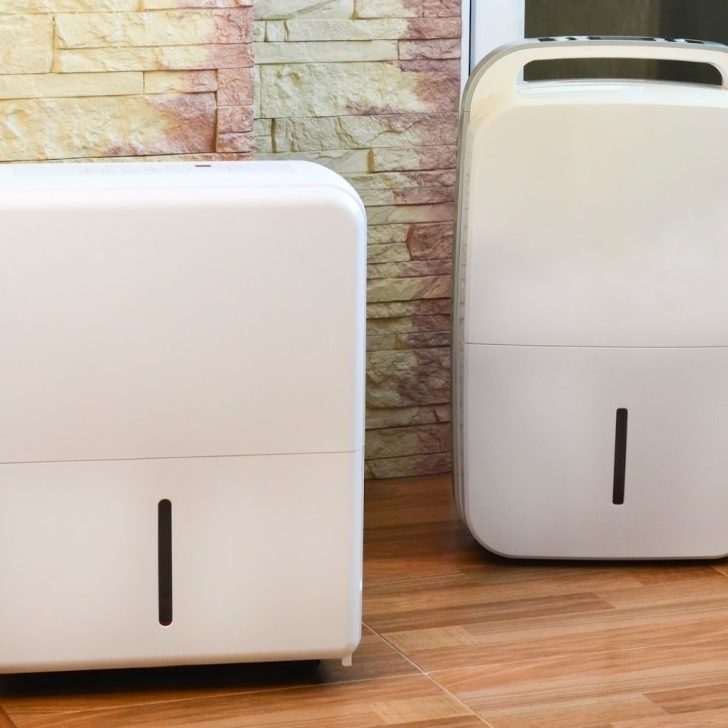 Benefits of Installing an Dehumidifier for Attic
Benefits of Installing an Dehumidifier for Attic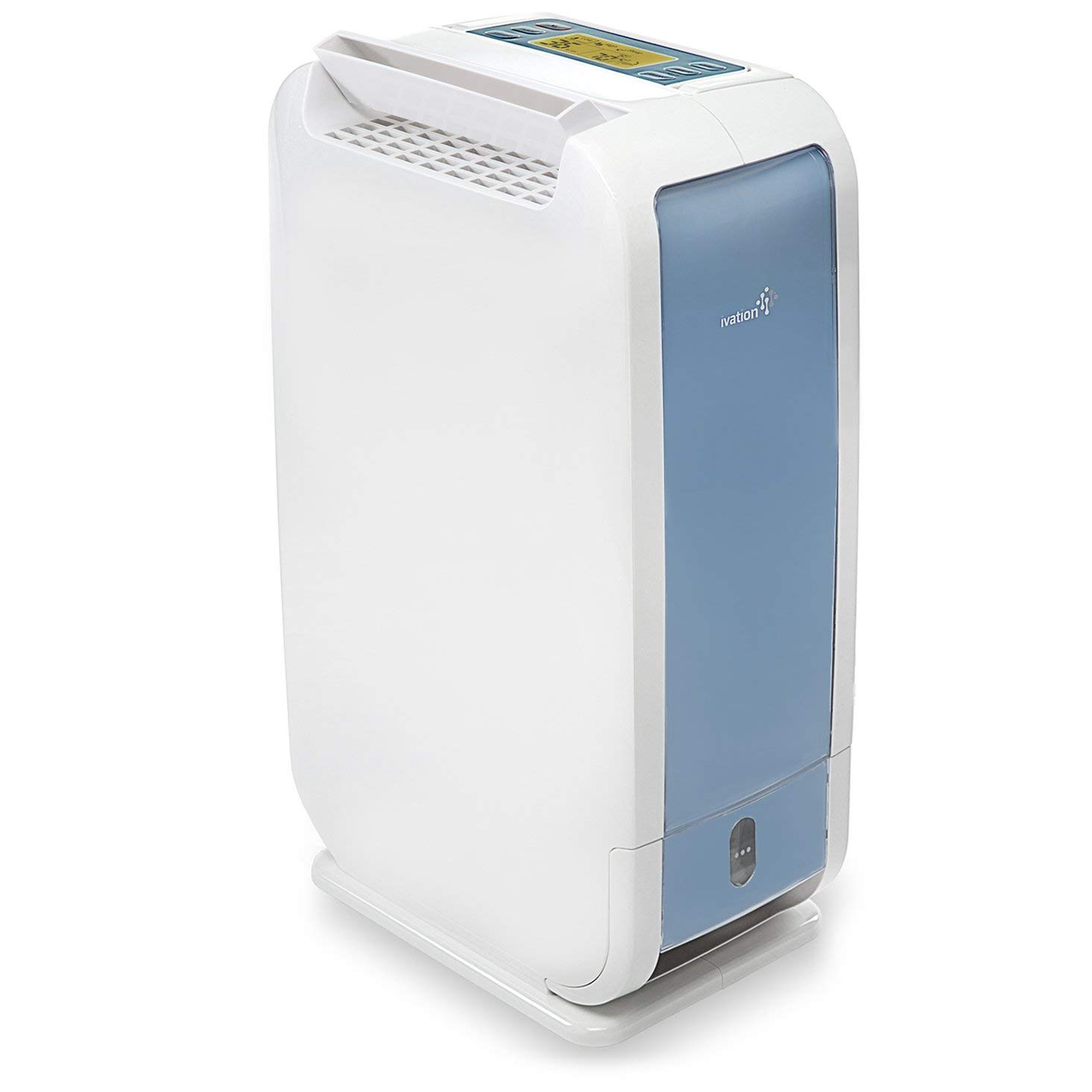 Popular Dehumidifier for Attic Brands and Models
Popular Dehumidifier for Attic Brands and Models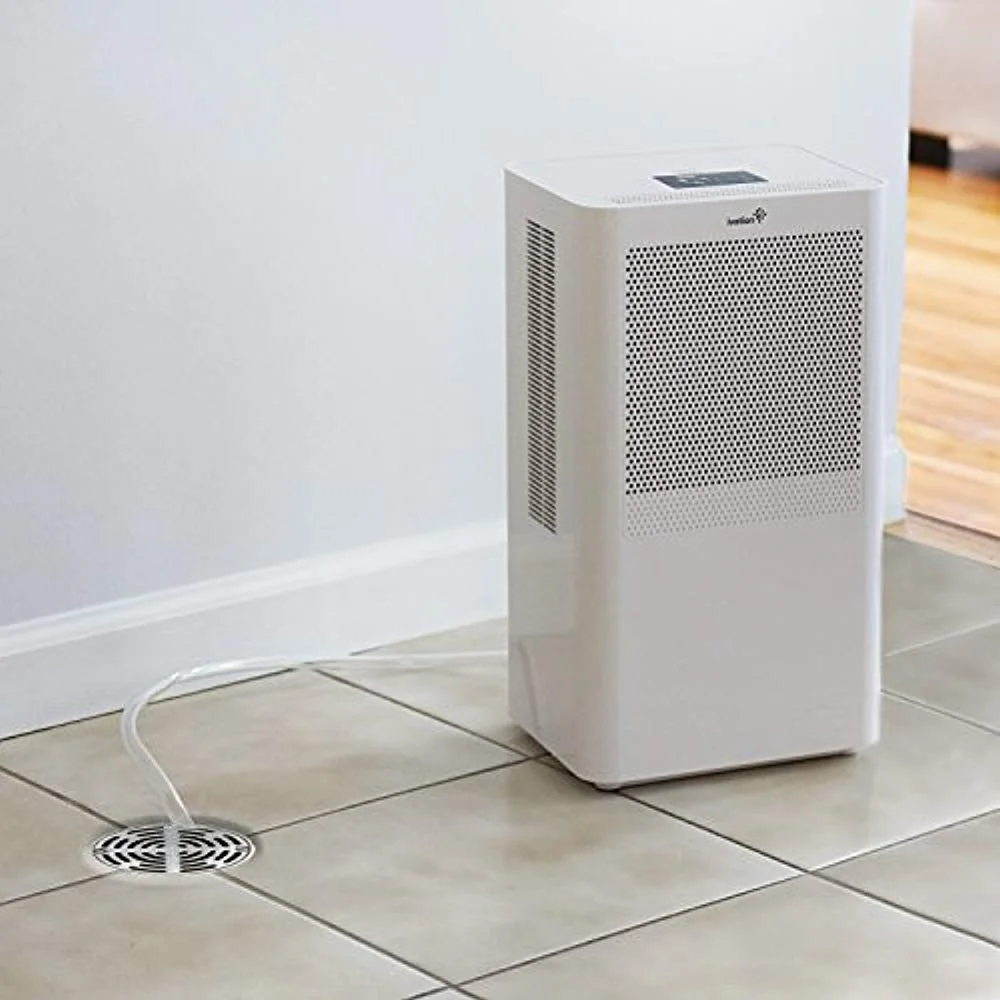 Making the Right Choice Based on Your Needs
Making the Right Choice Based on Your Needs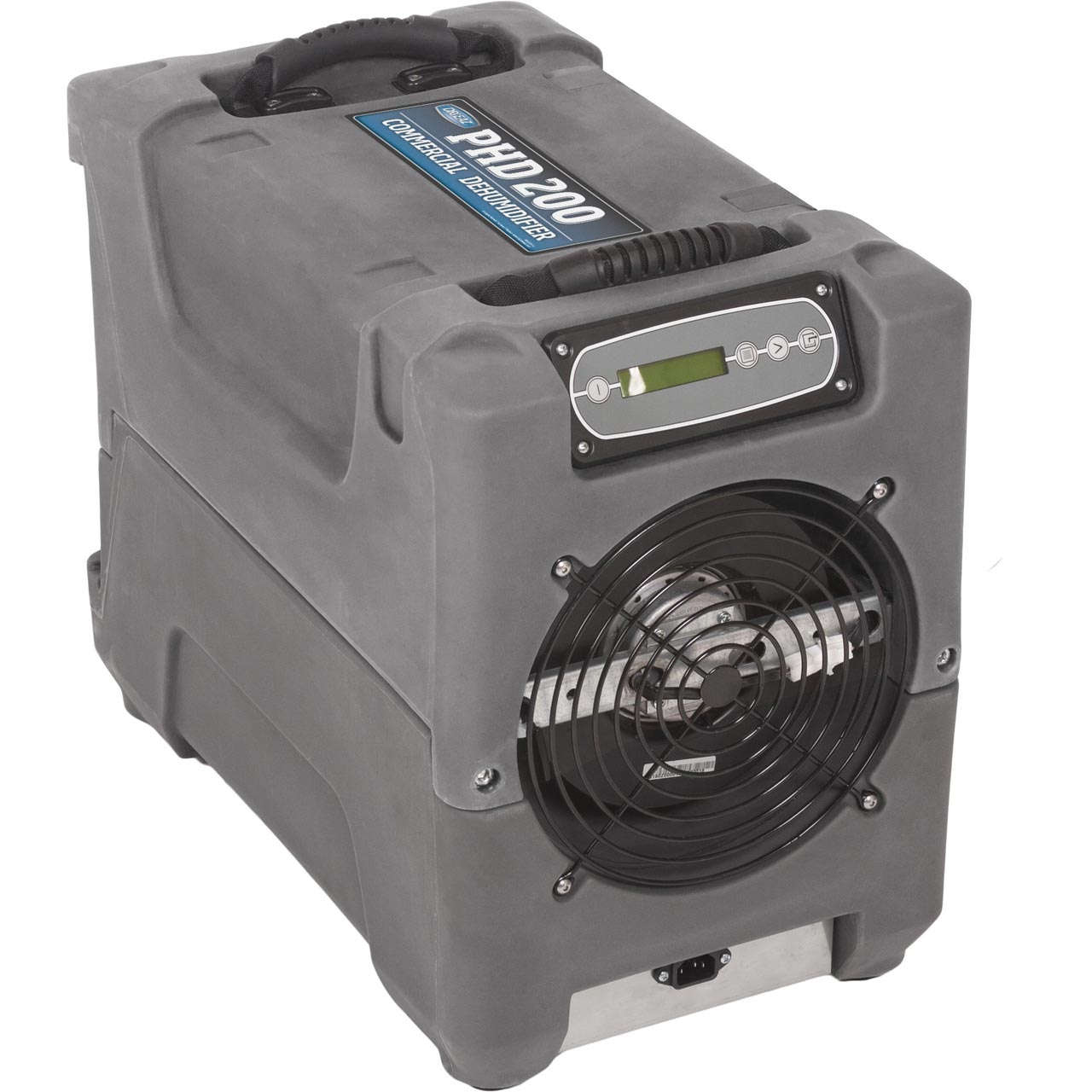 Tips for Prolonging Dehumidifier Lifespan
Tips for Prolonging Dehumidifier Lifespan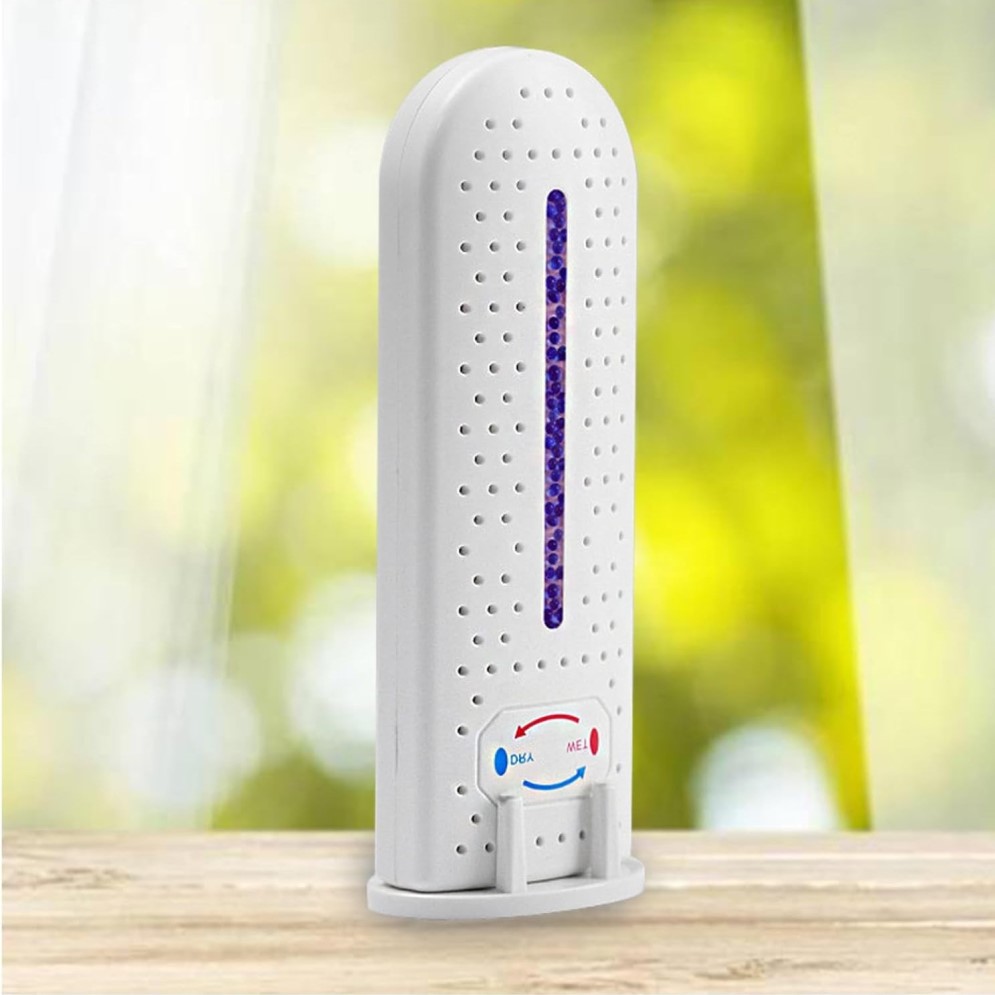
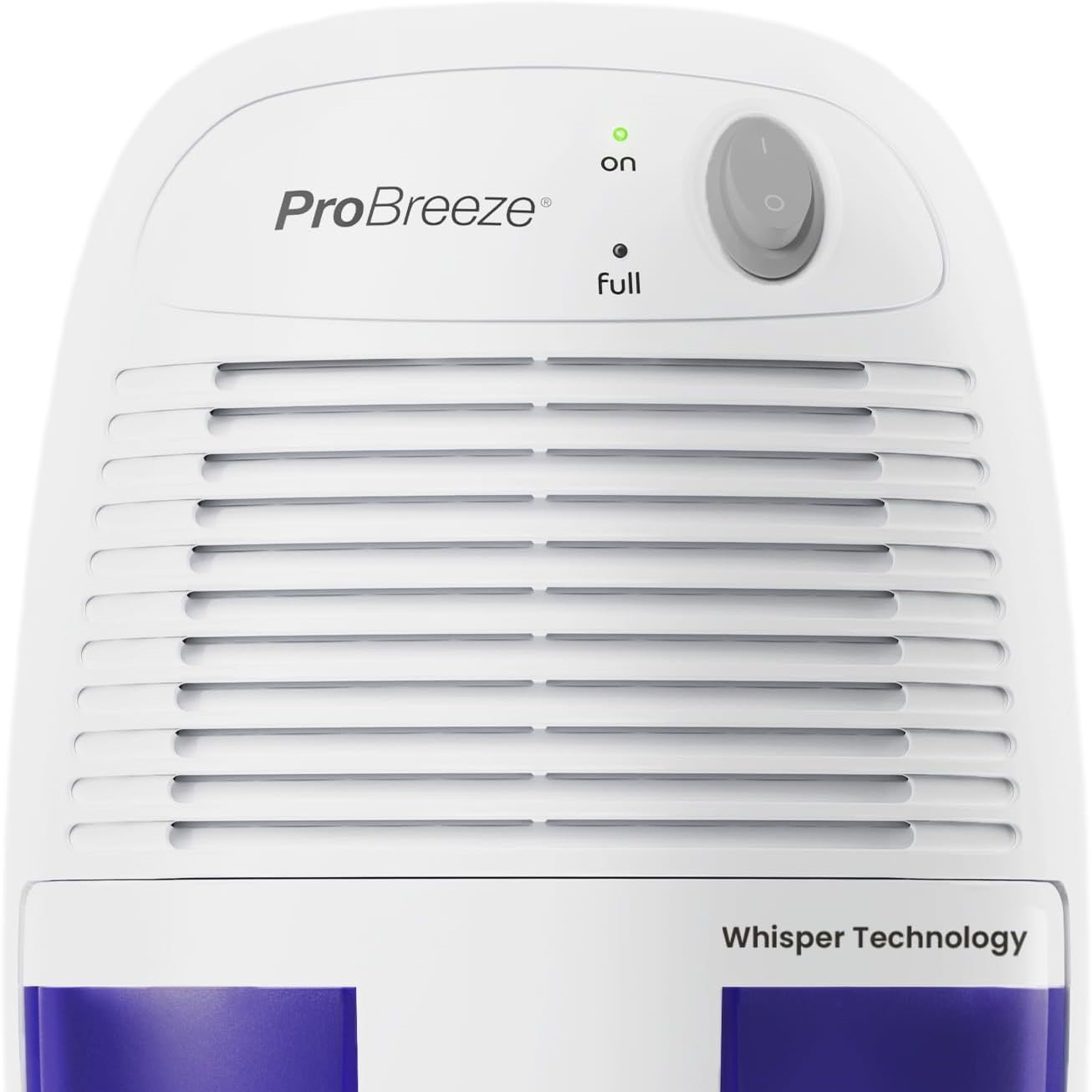 The Importance of Humidity Control
The Importance of Humidity Control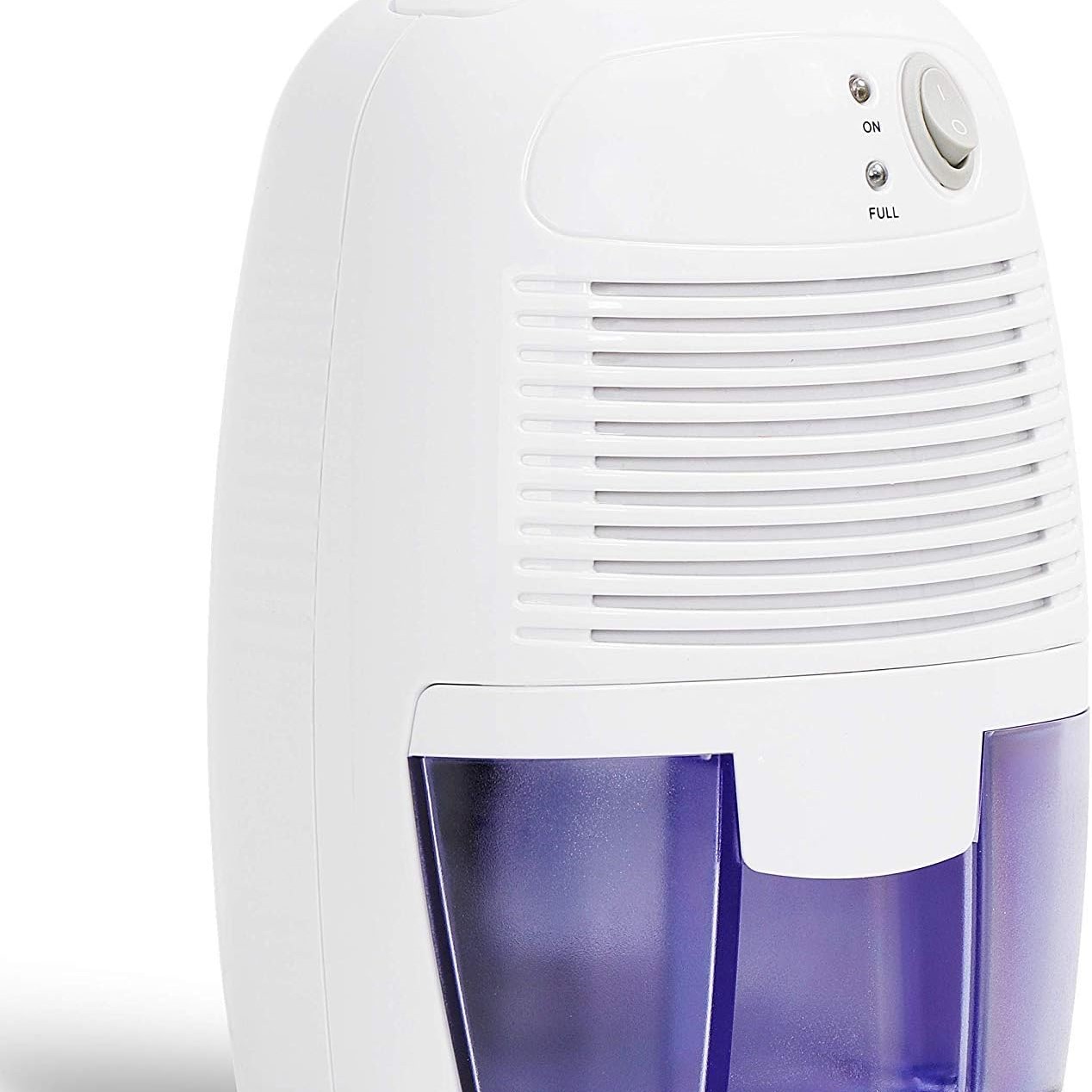 Choosing the Right Dehumidifier
Choosing the Right Dehumidifier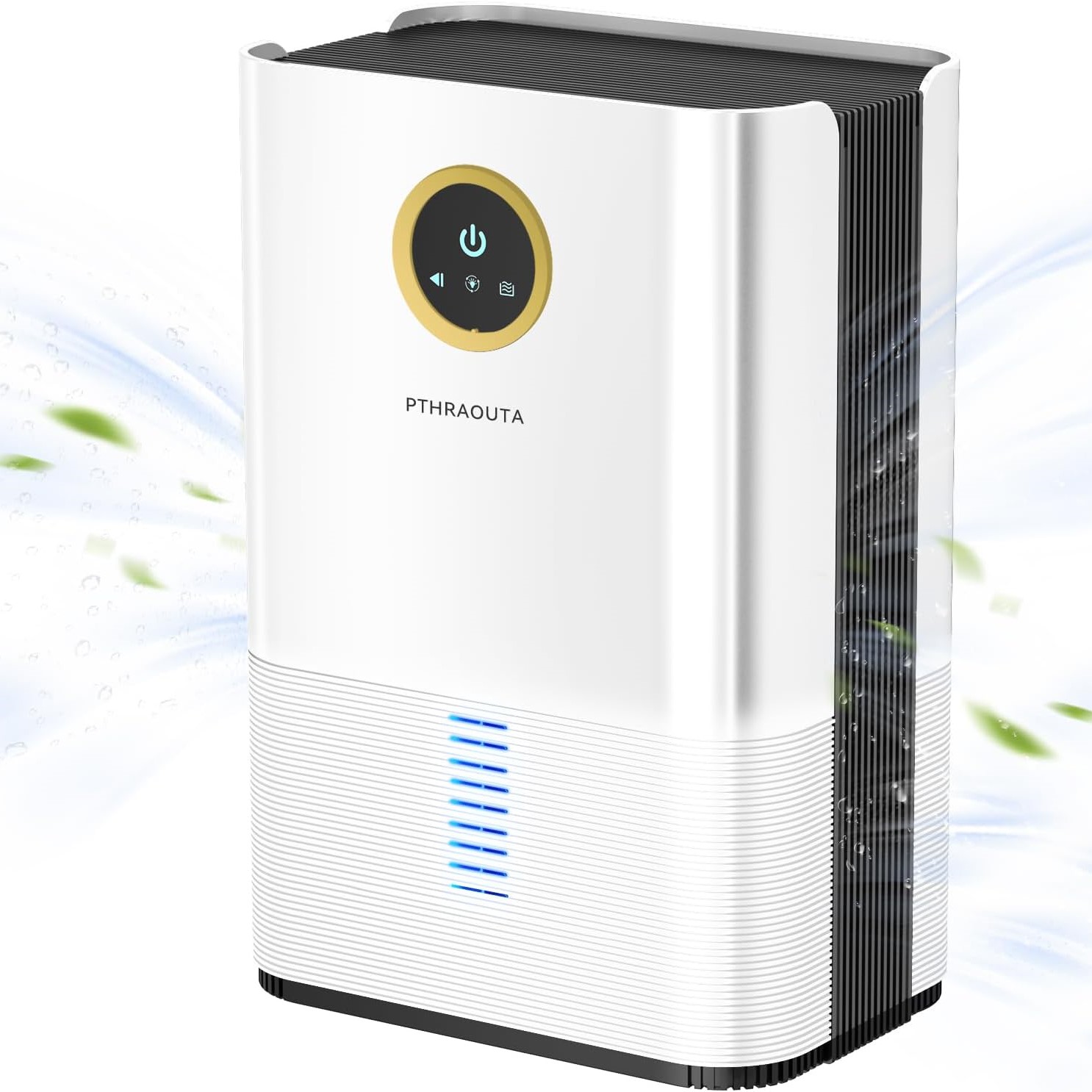 The Connection Between Dehumidifiers and Sustainable Living
The Connection Between Dehumidifiers and Sustainable Living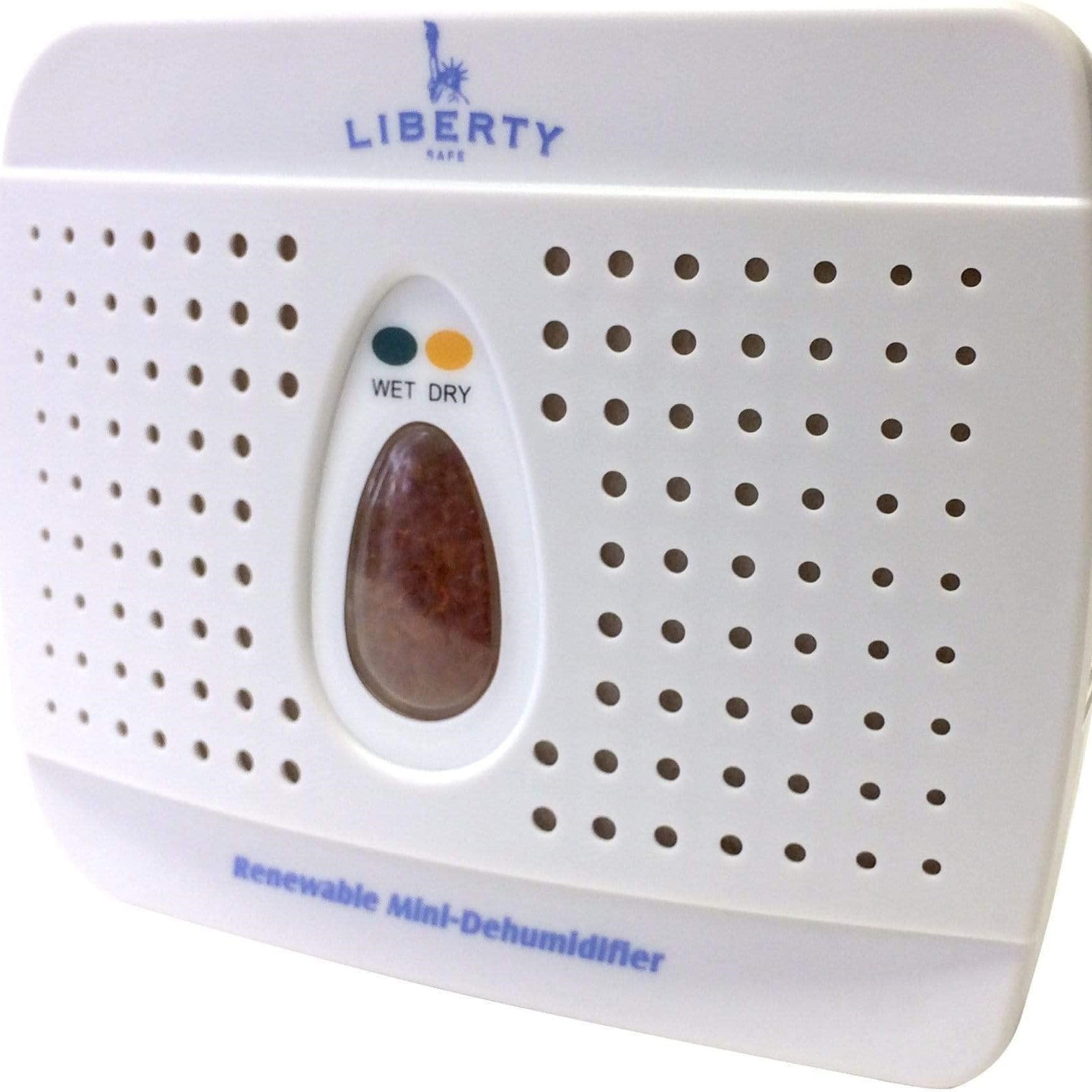 Frequently Asked Questions
Frequently Asked Questions
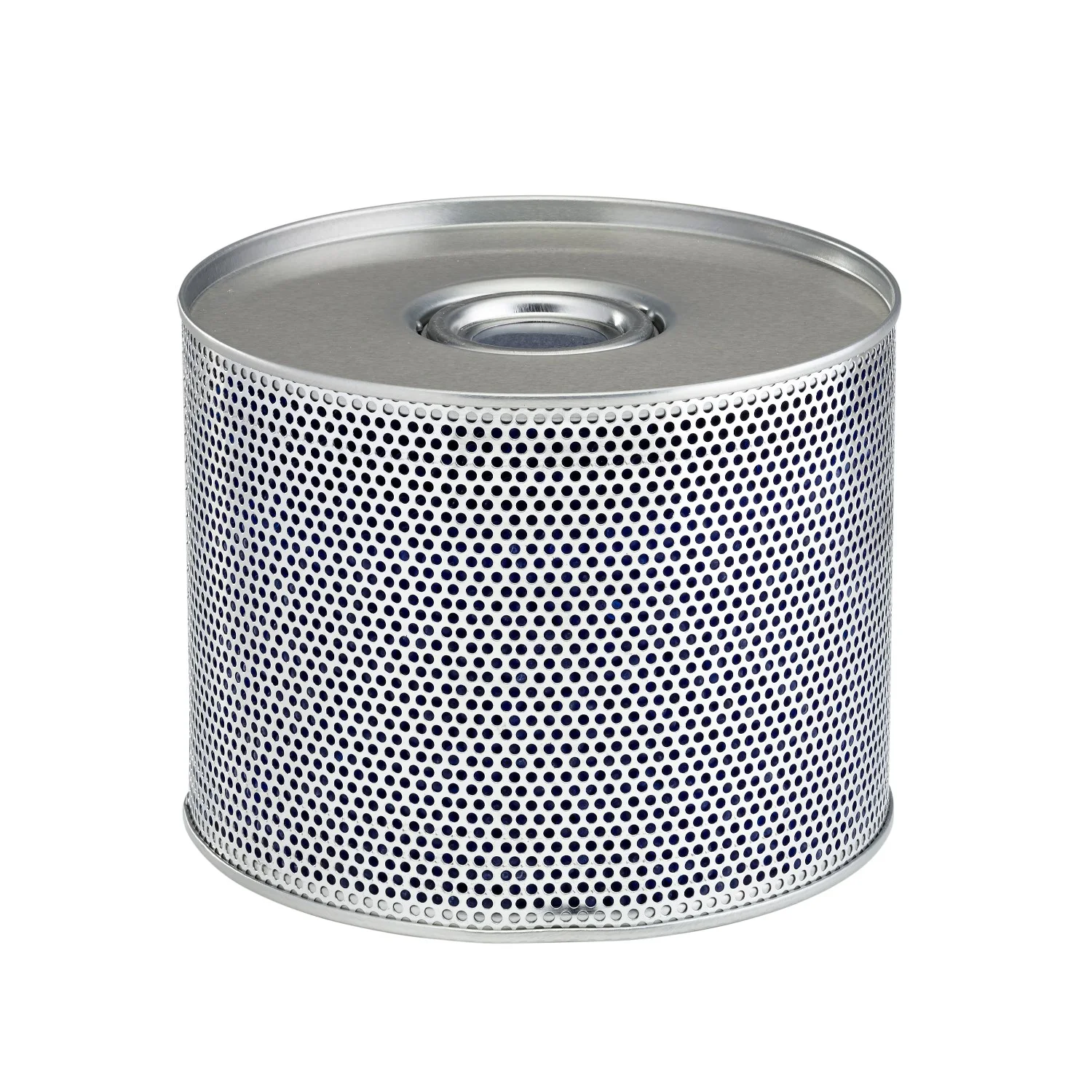
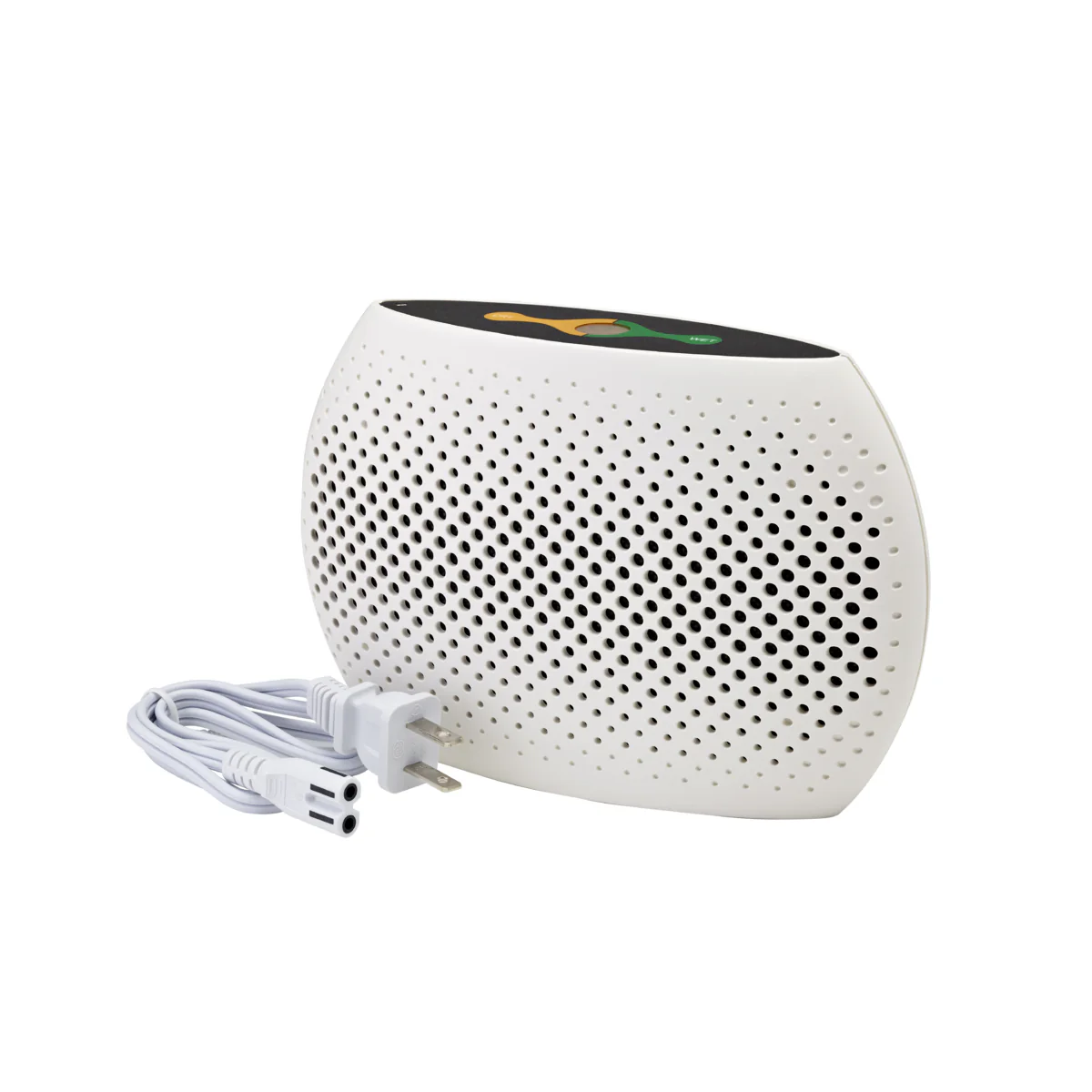
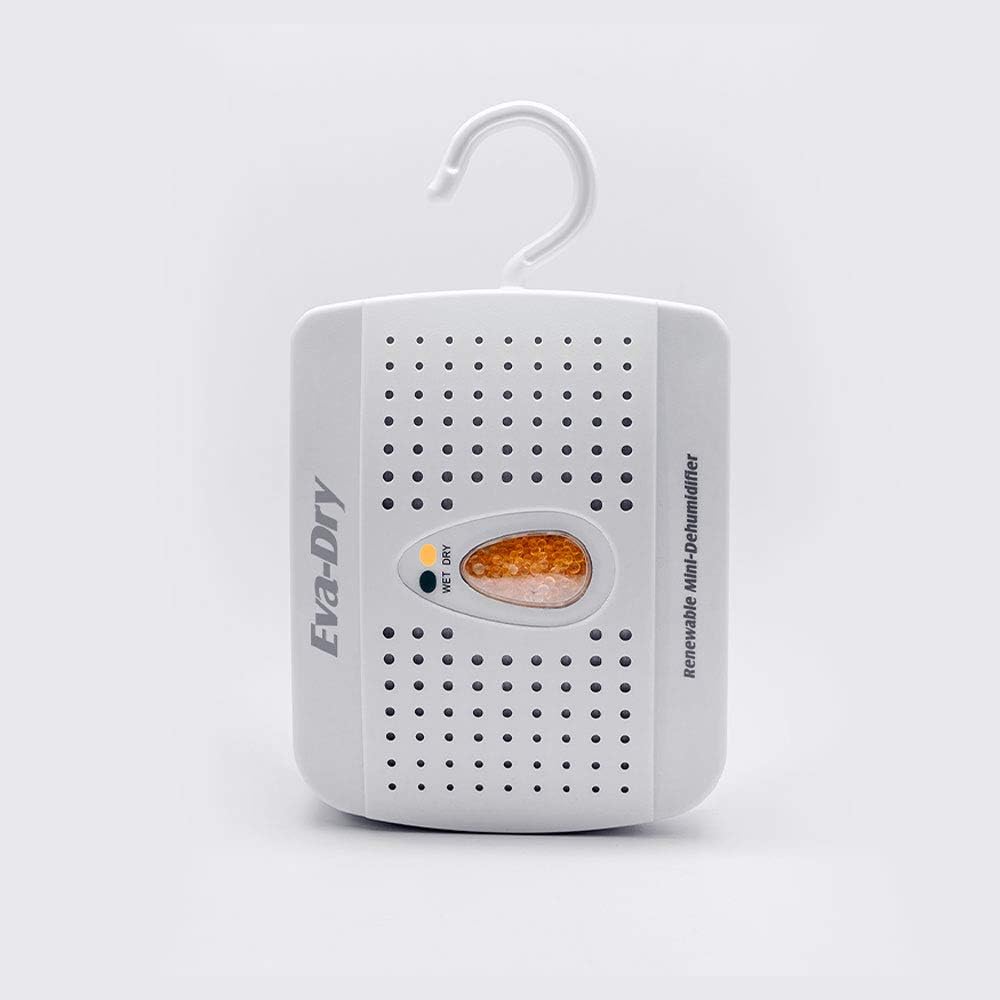
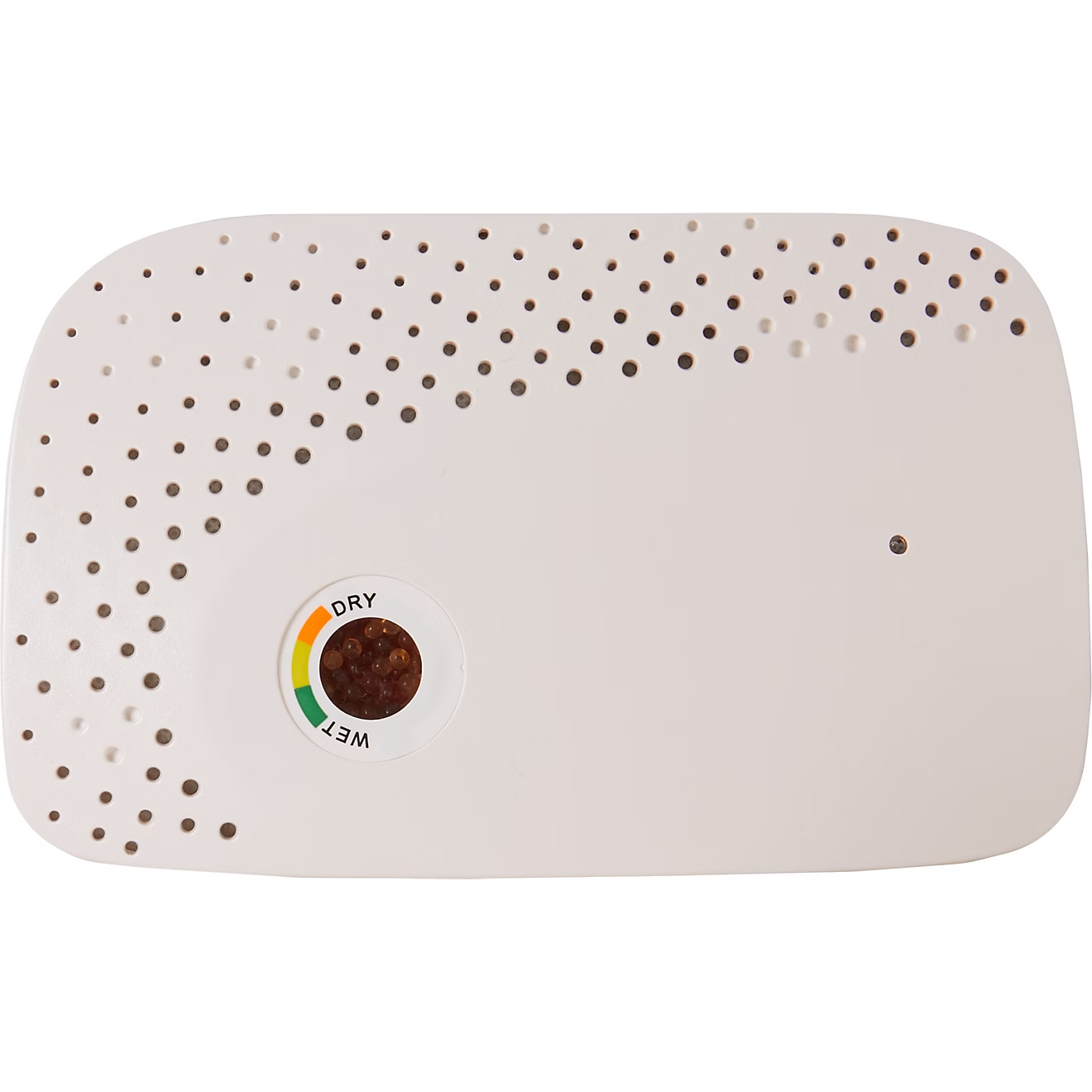

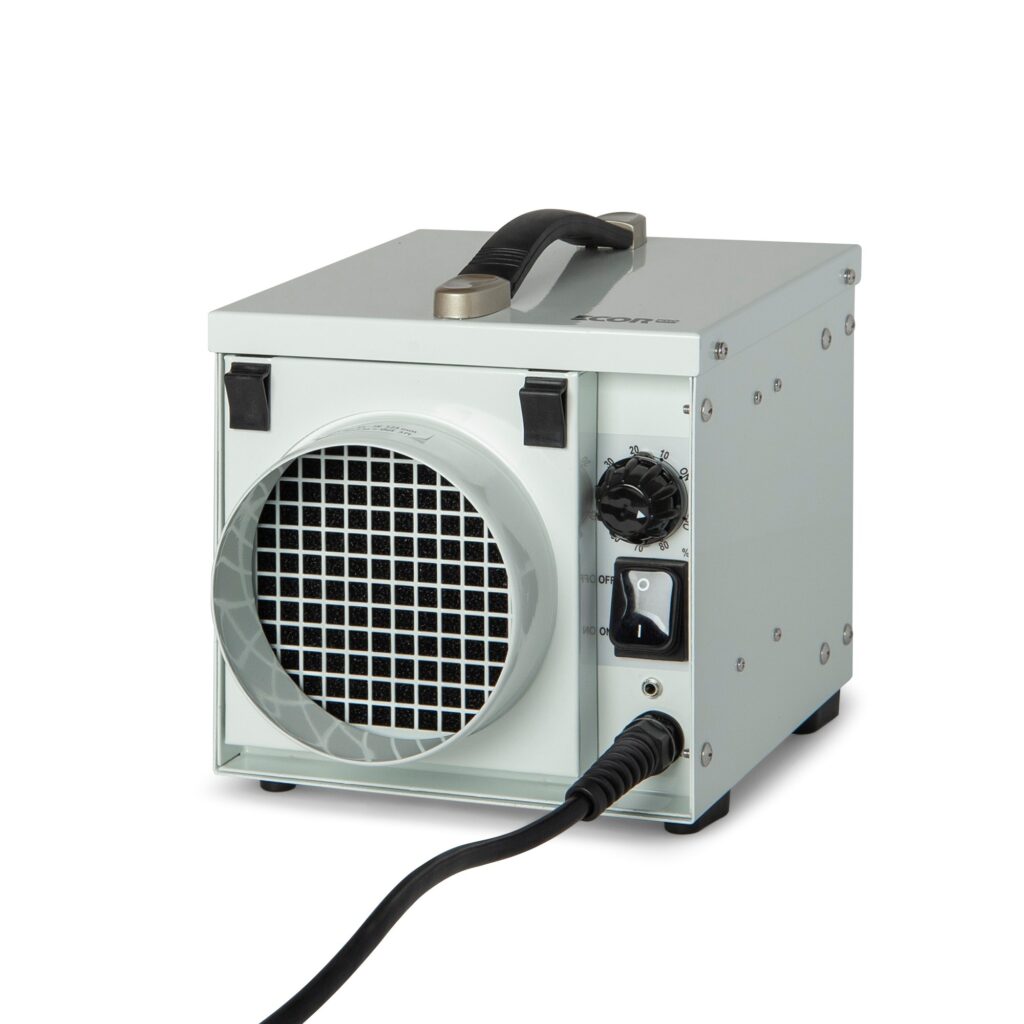
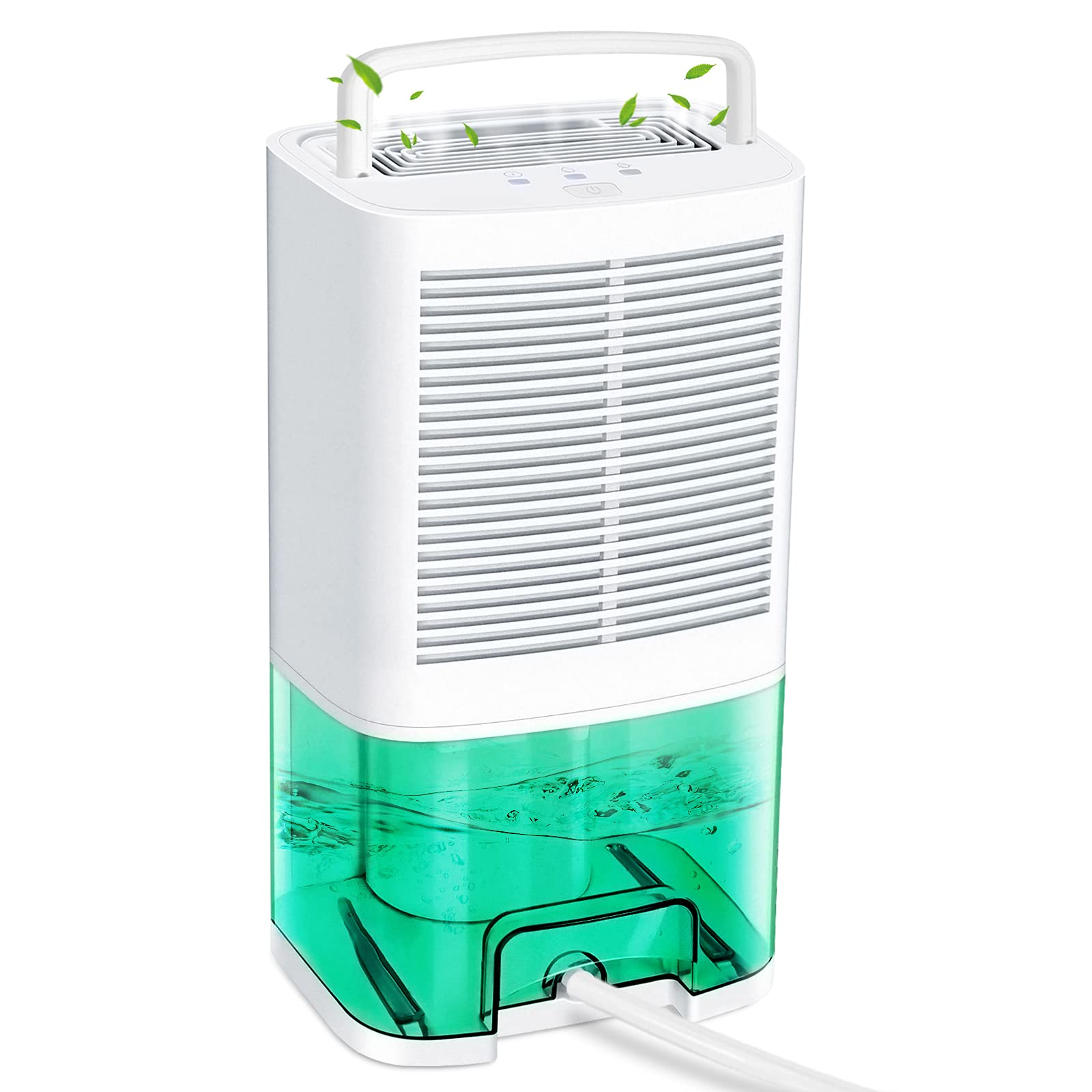
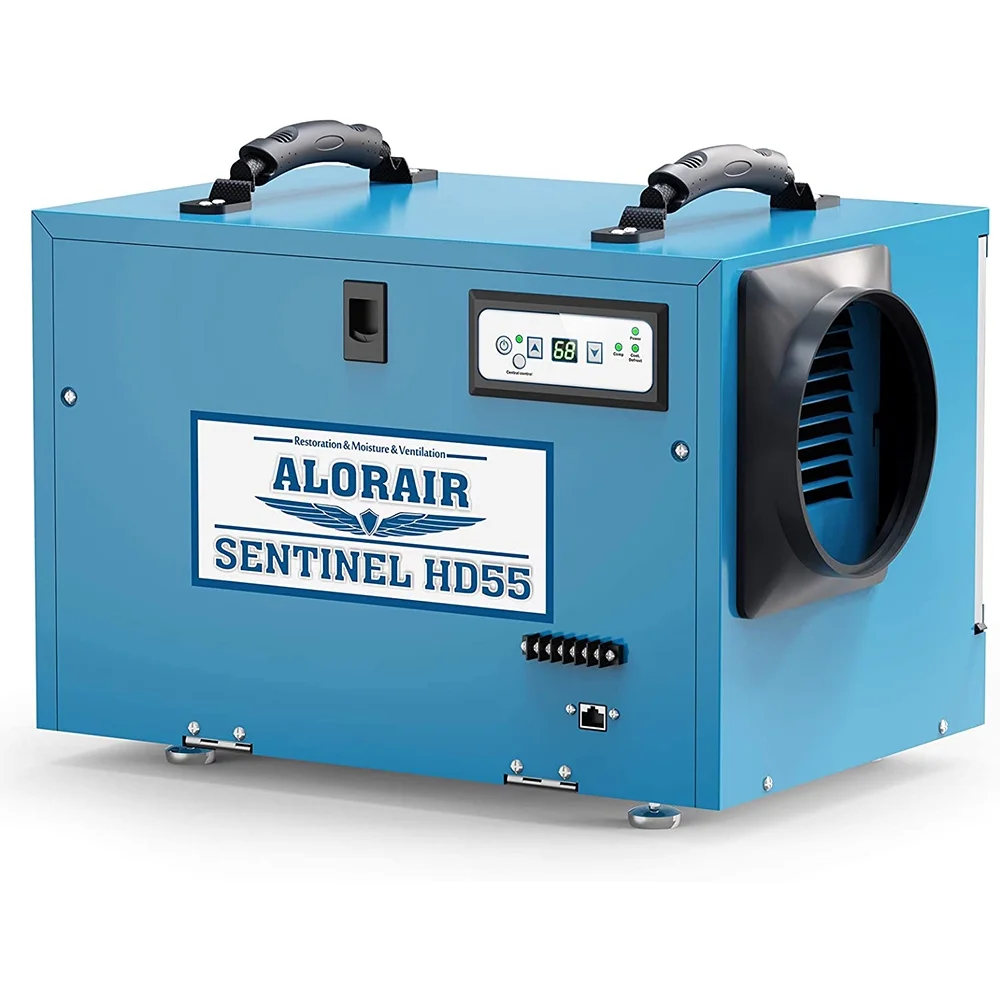
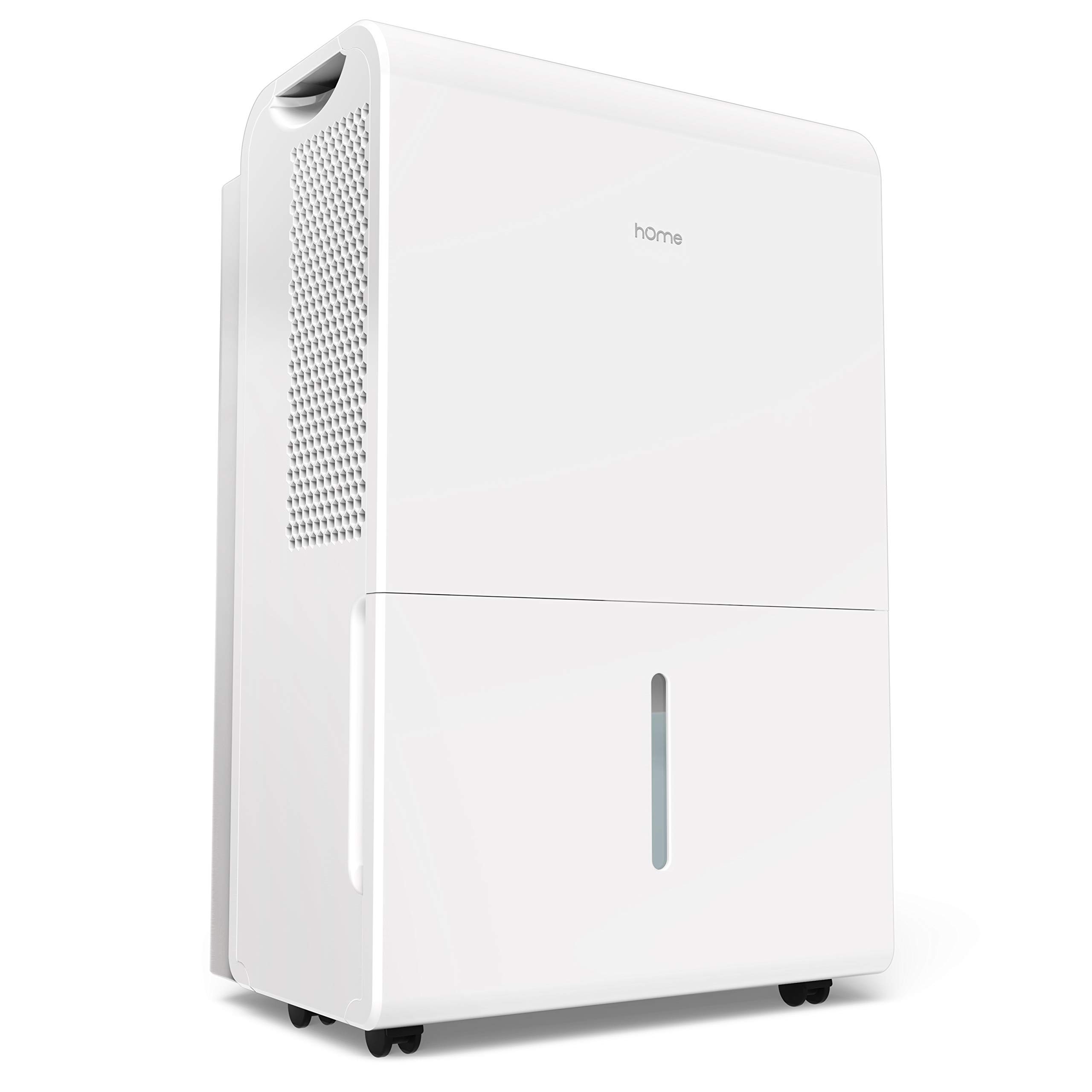
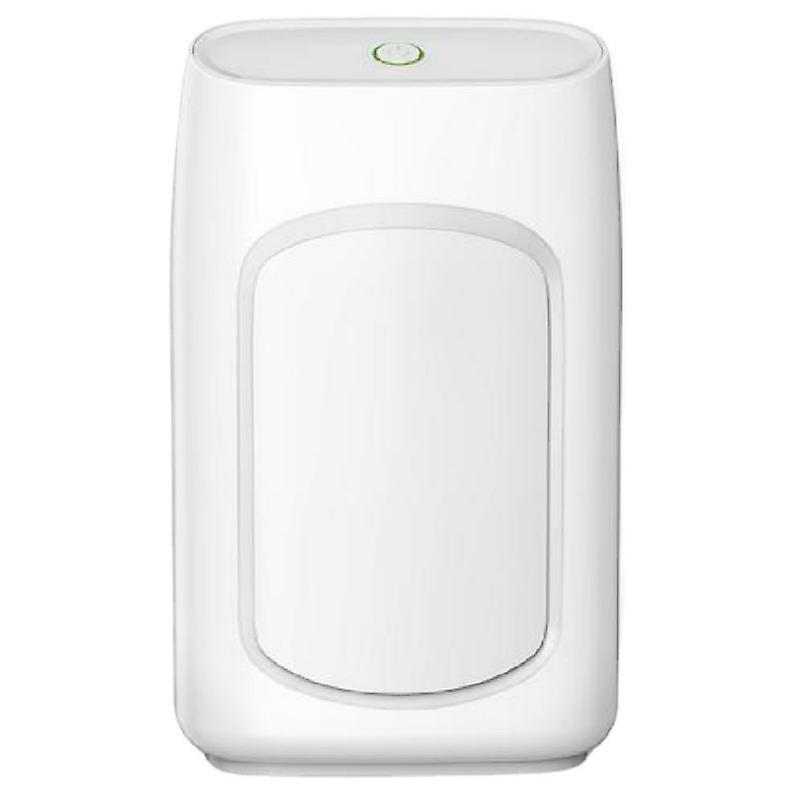
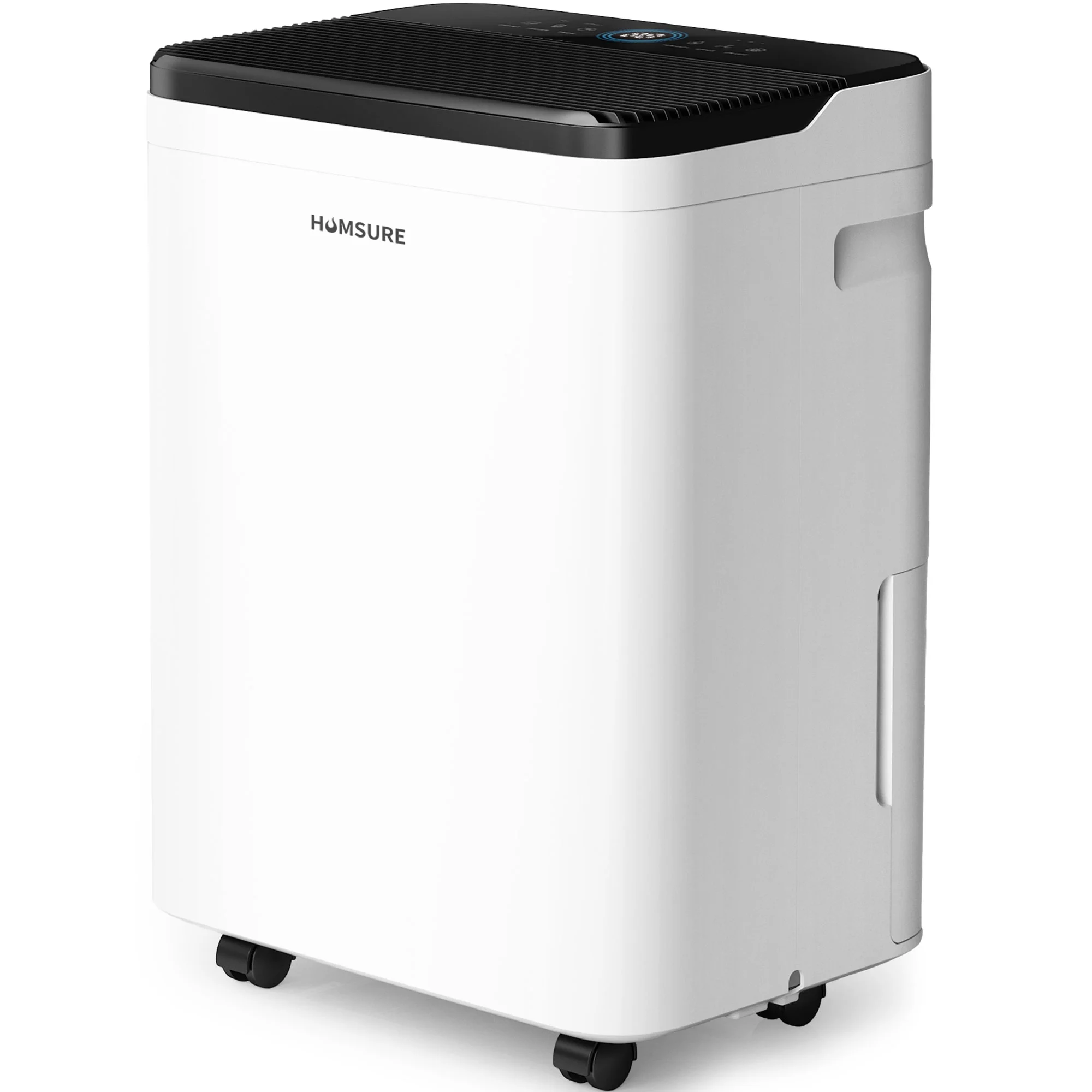

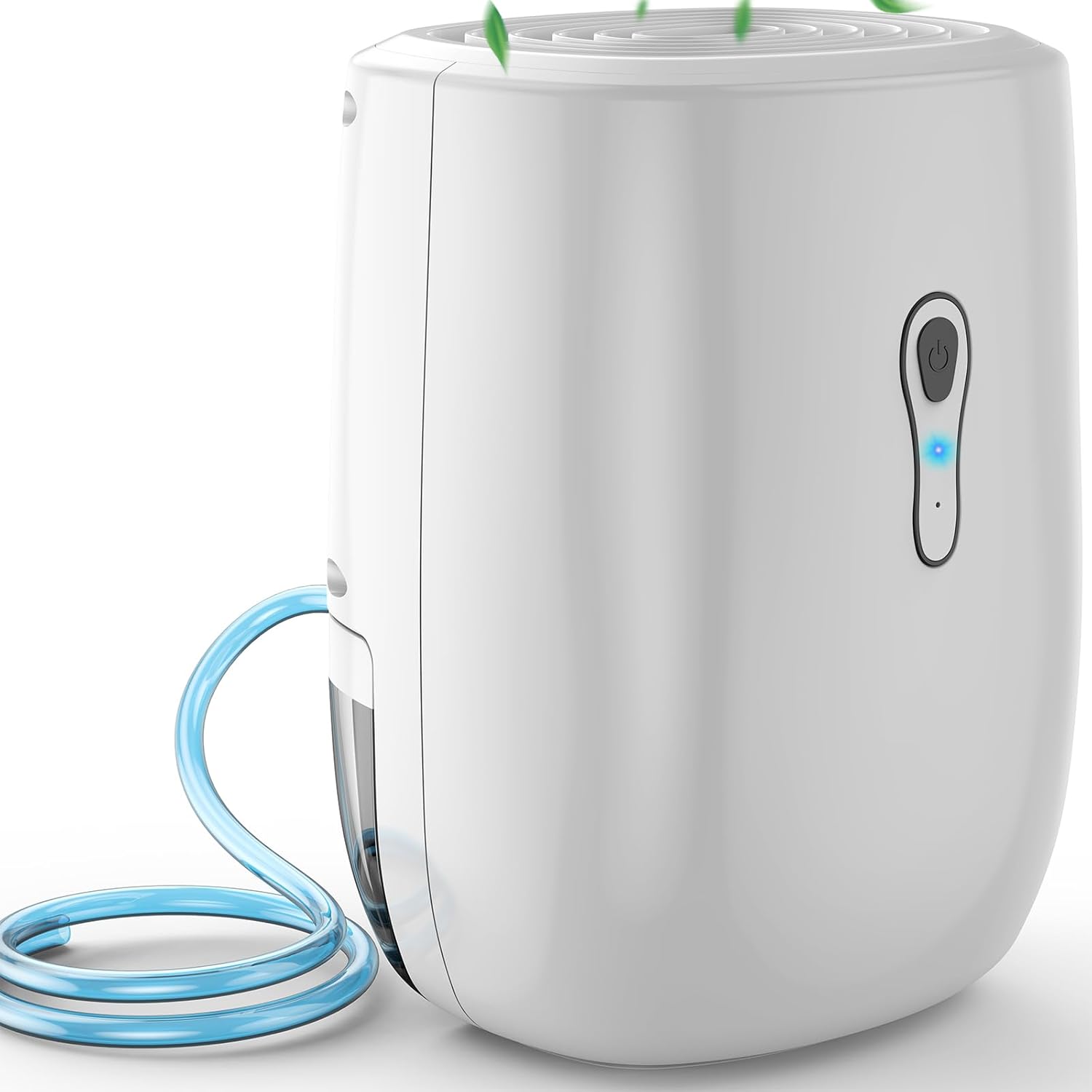
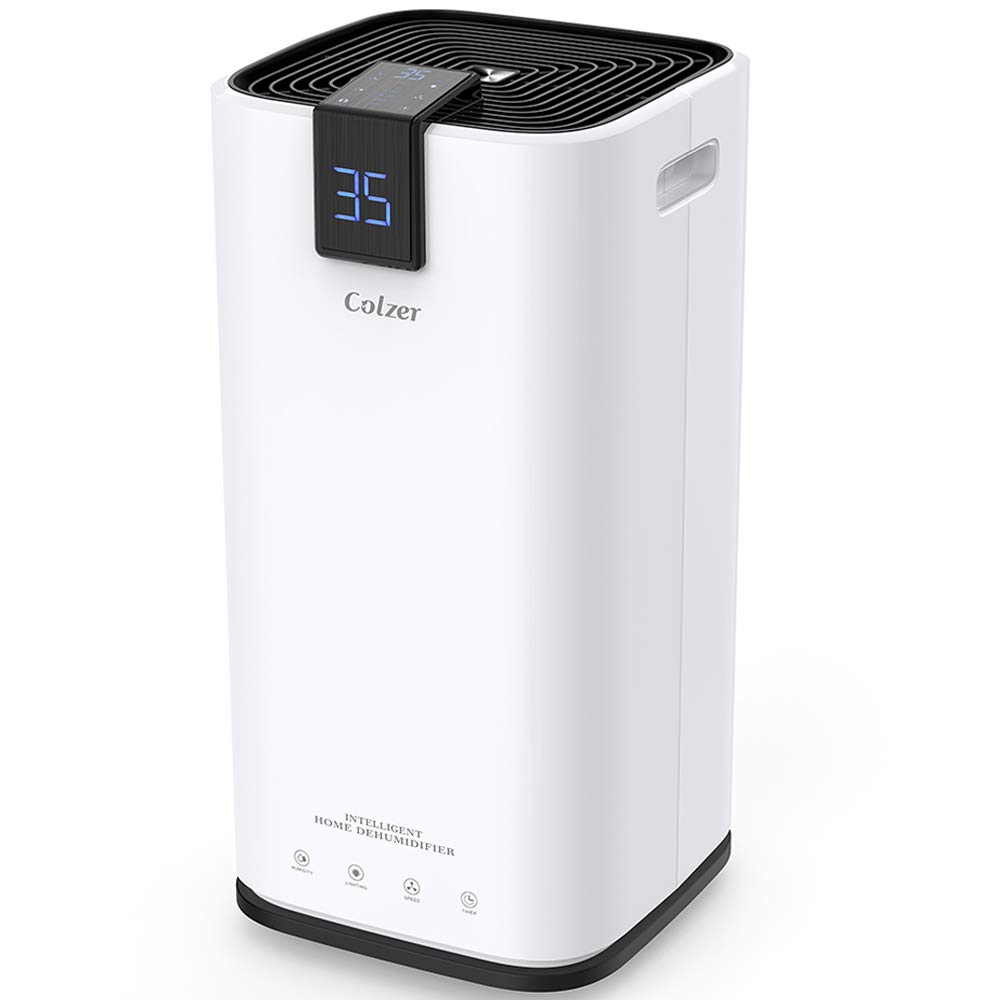
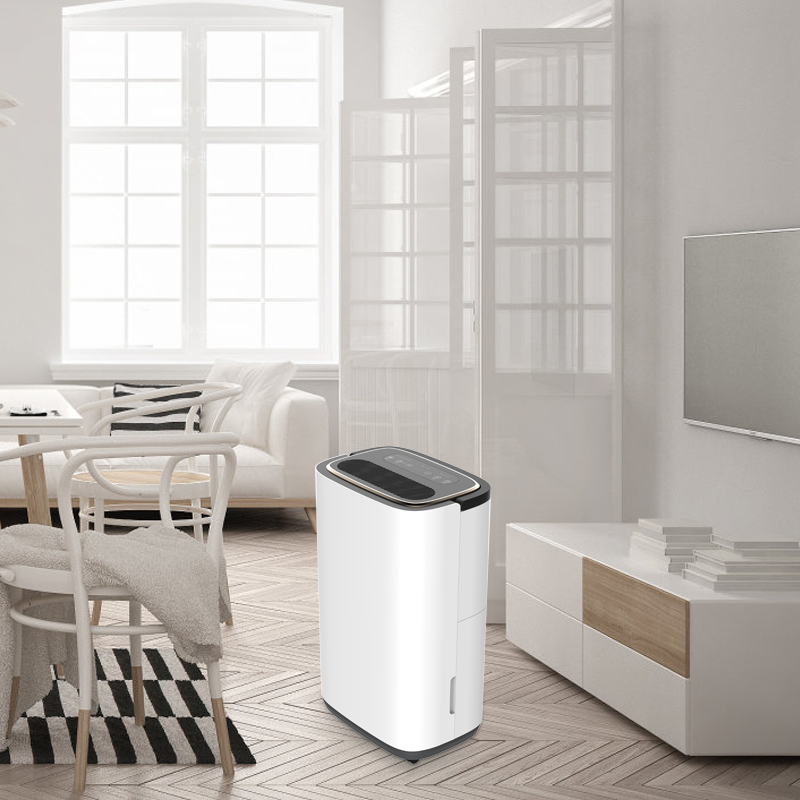
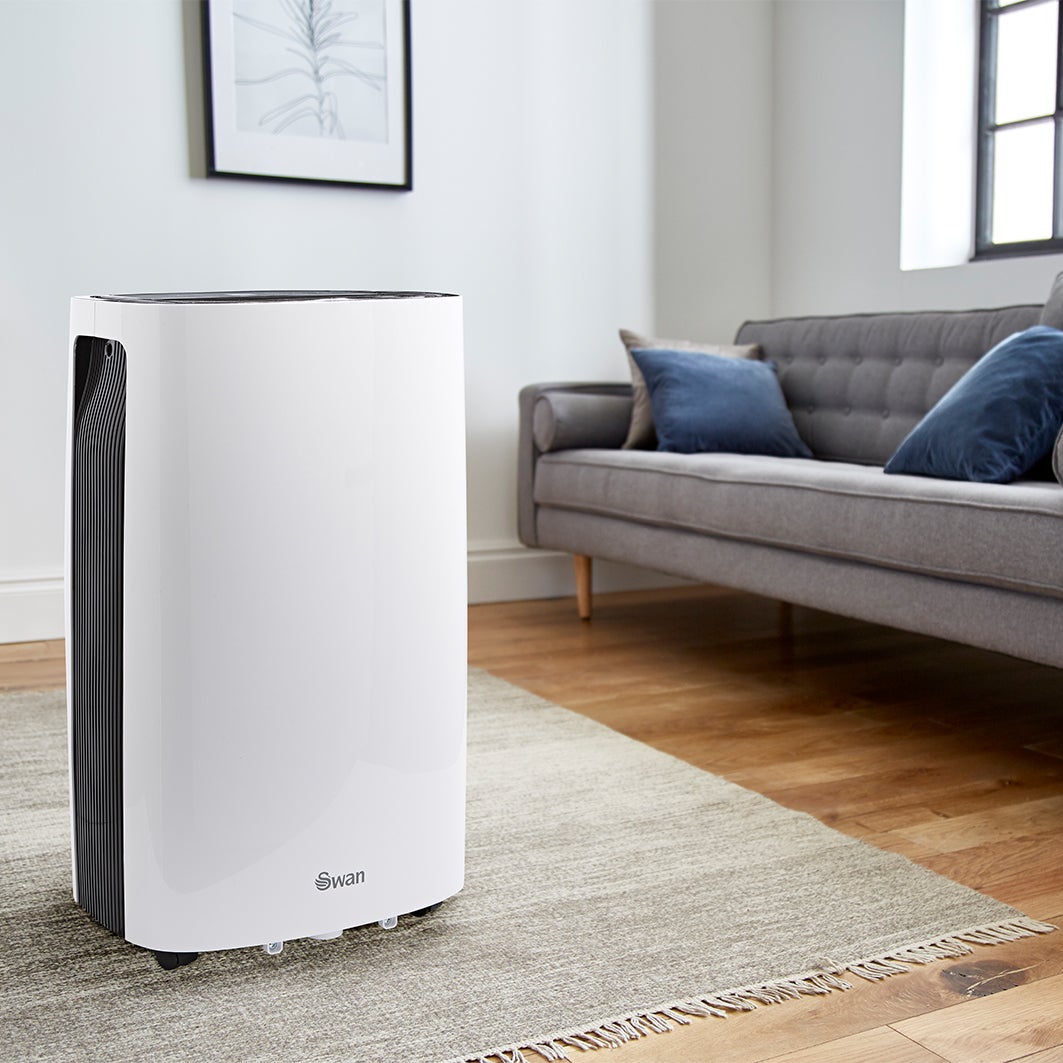
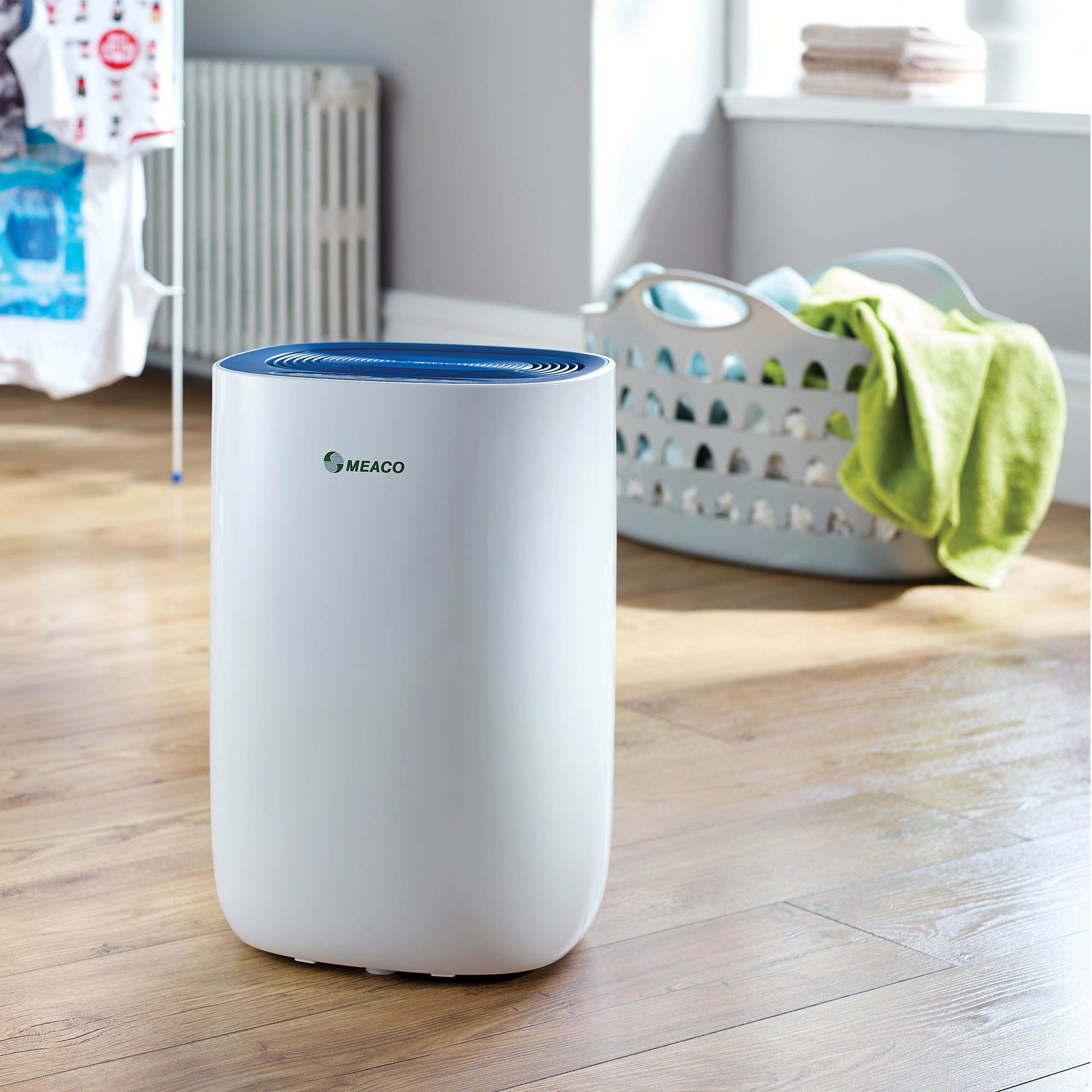


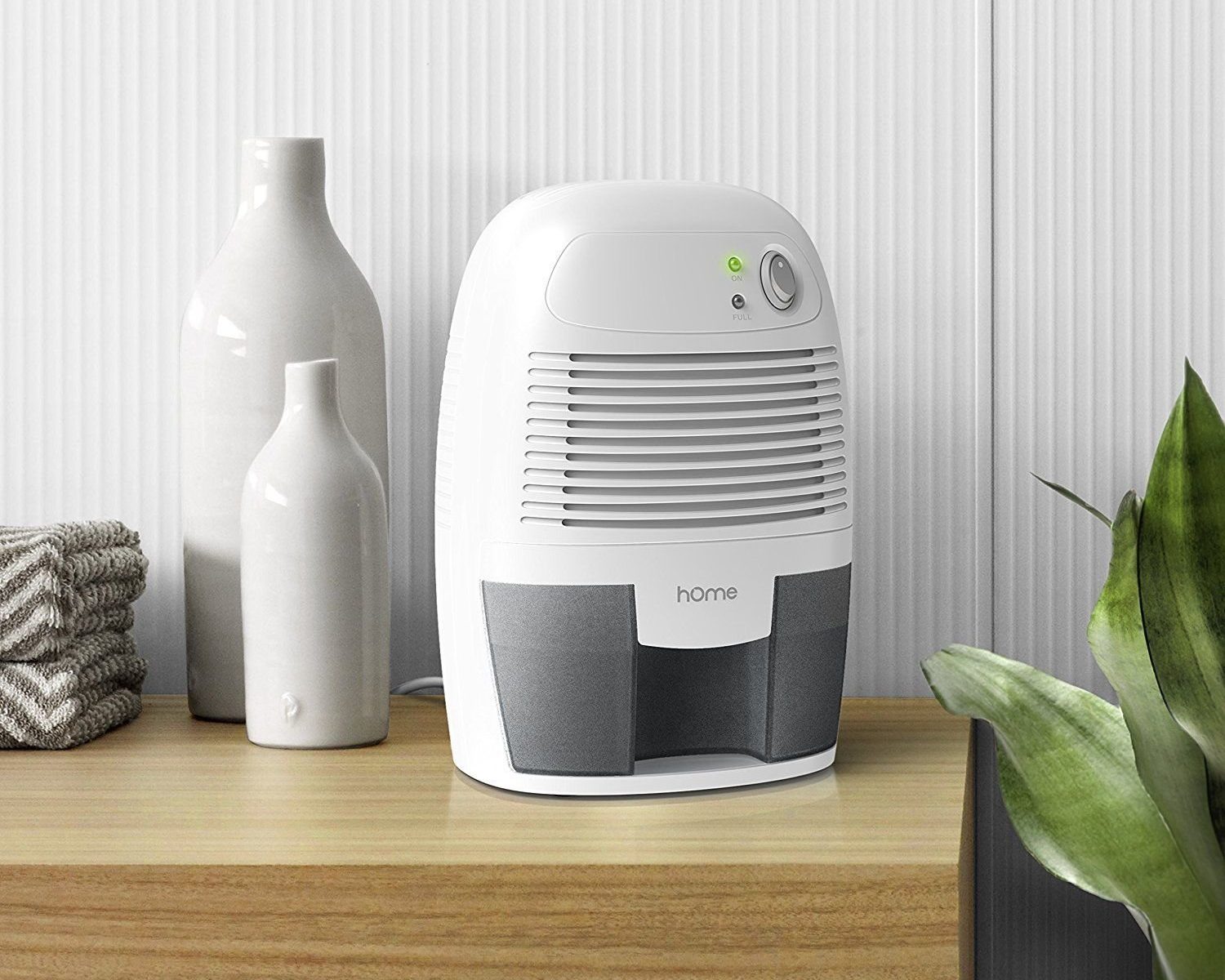
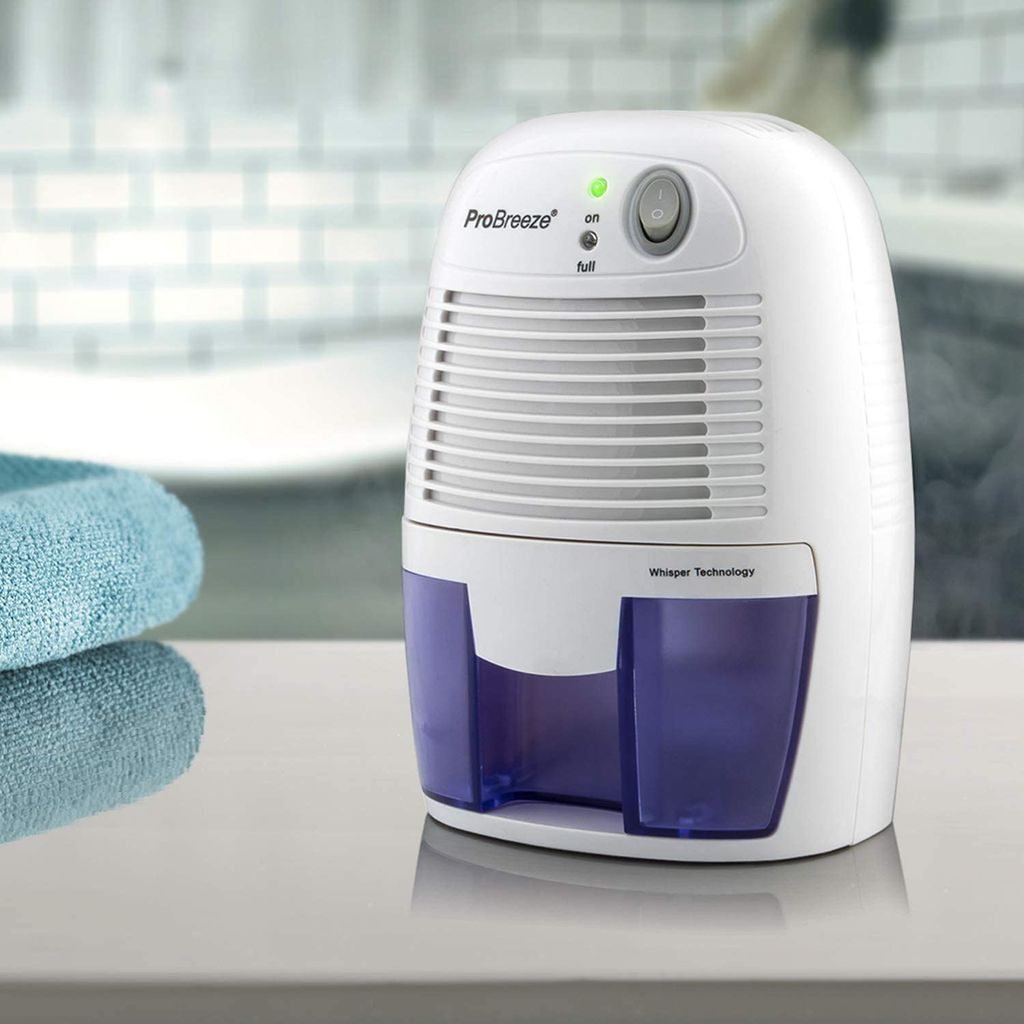

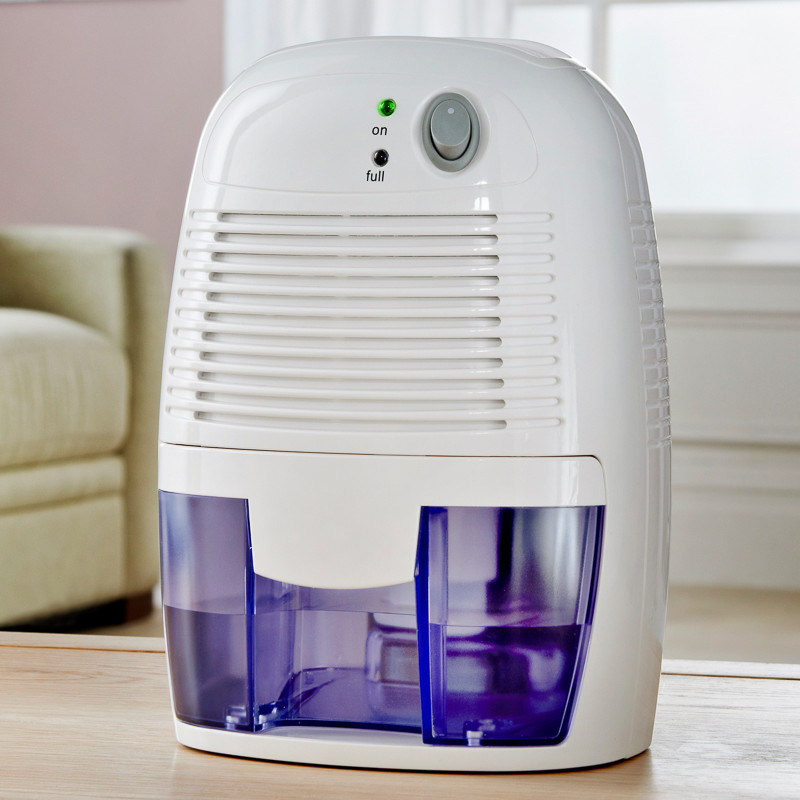
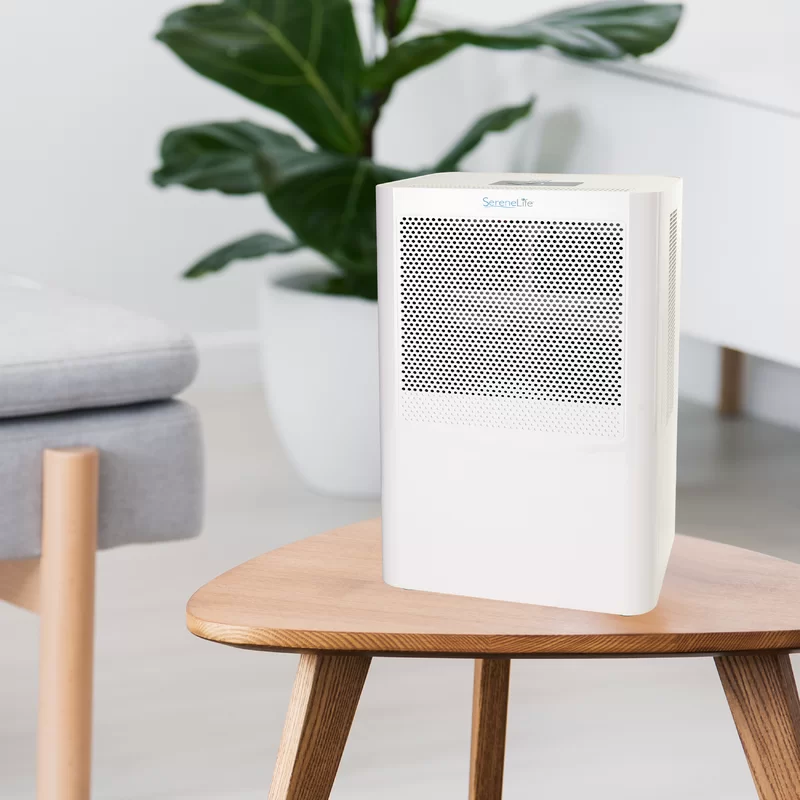
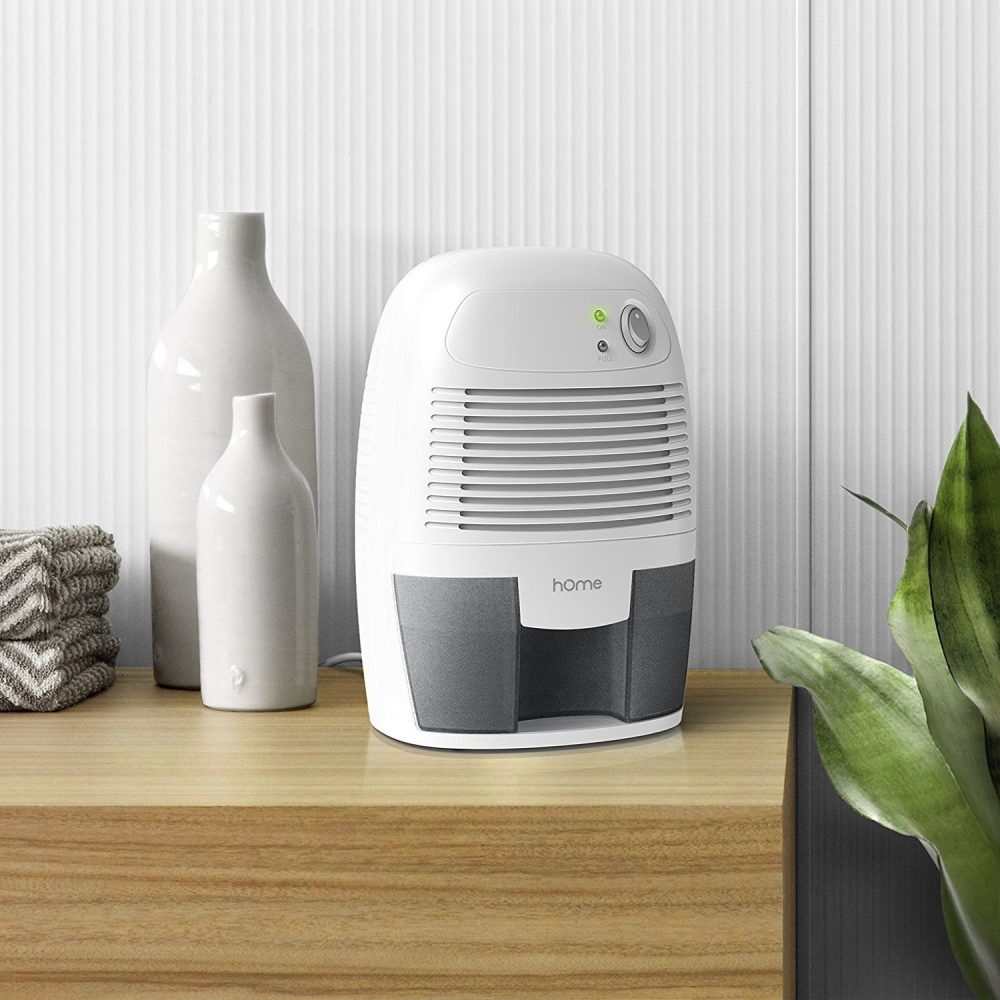 Conclusion
Conclusion